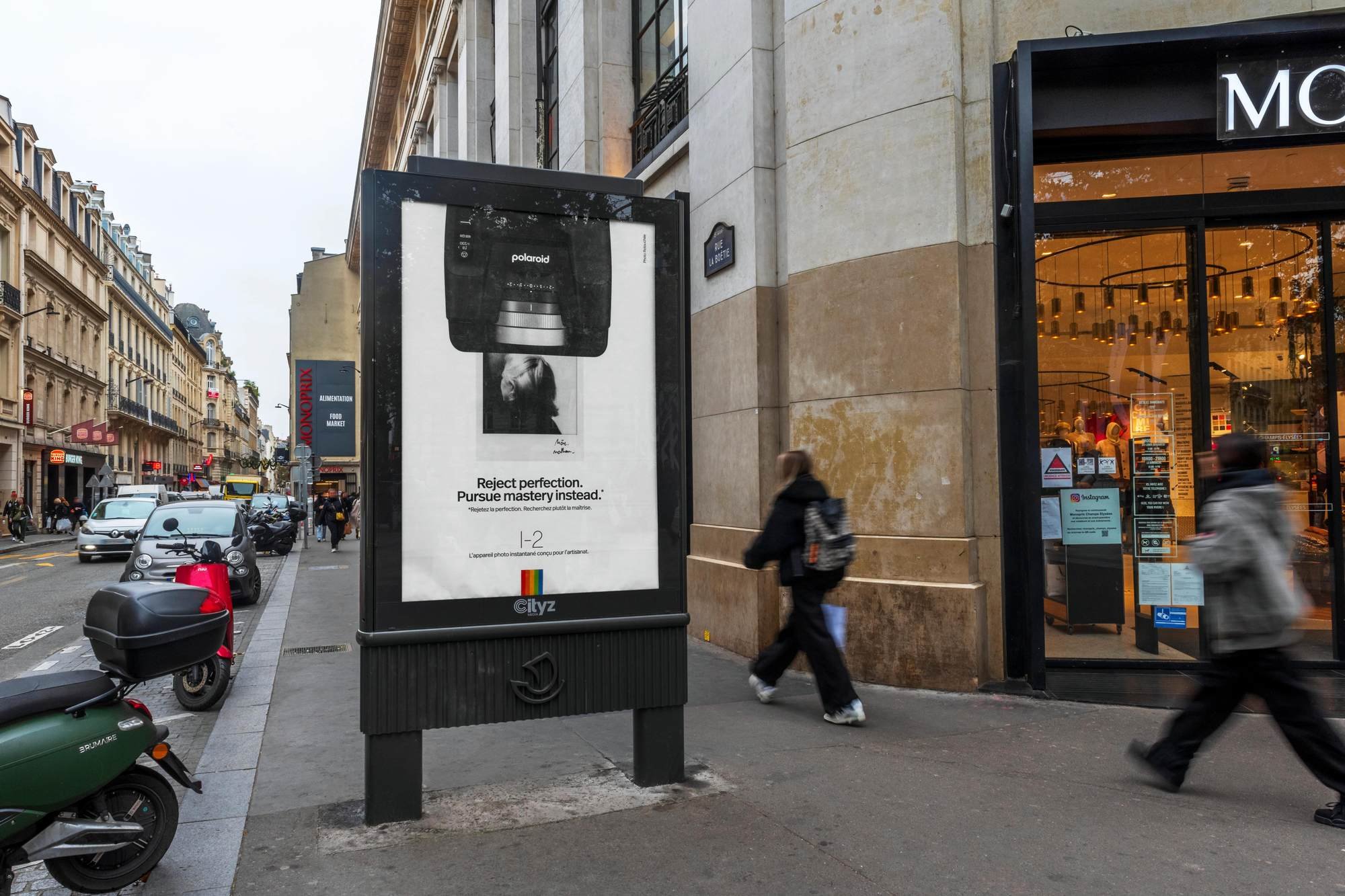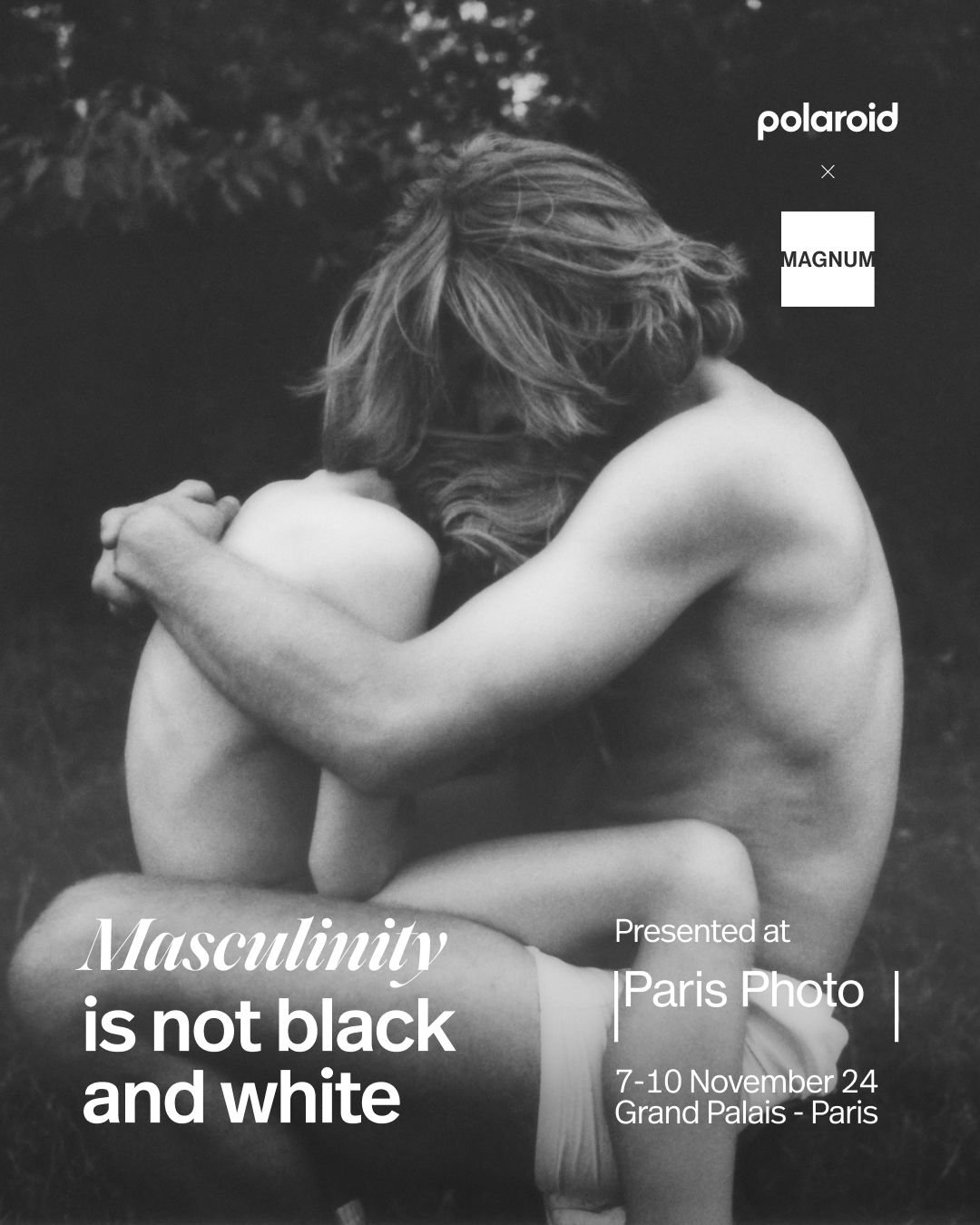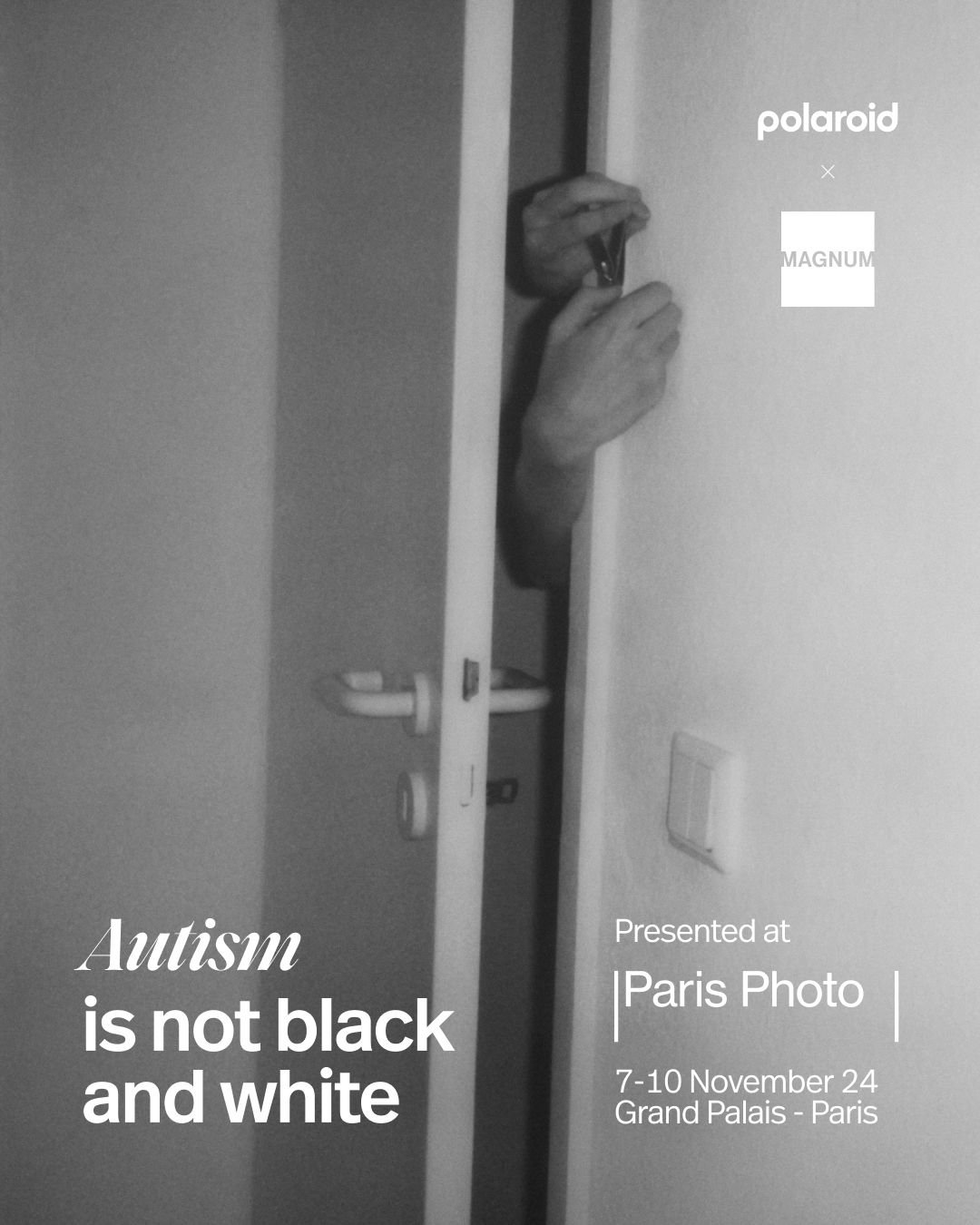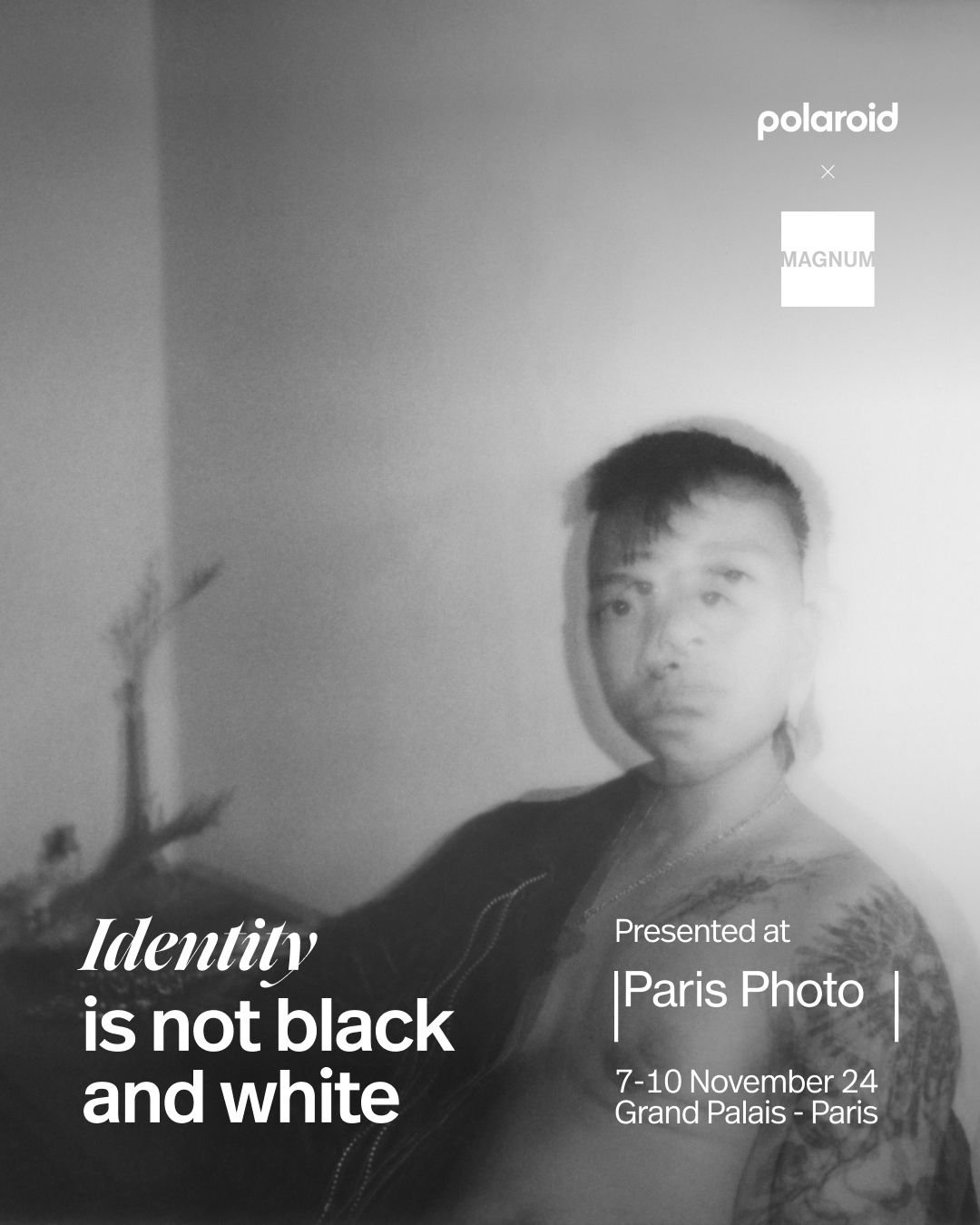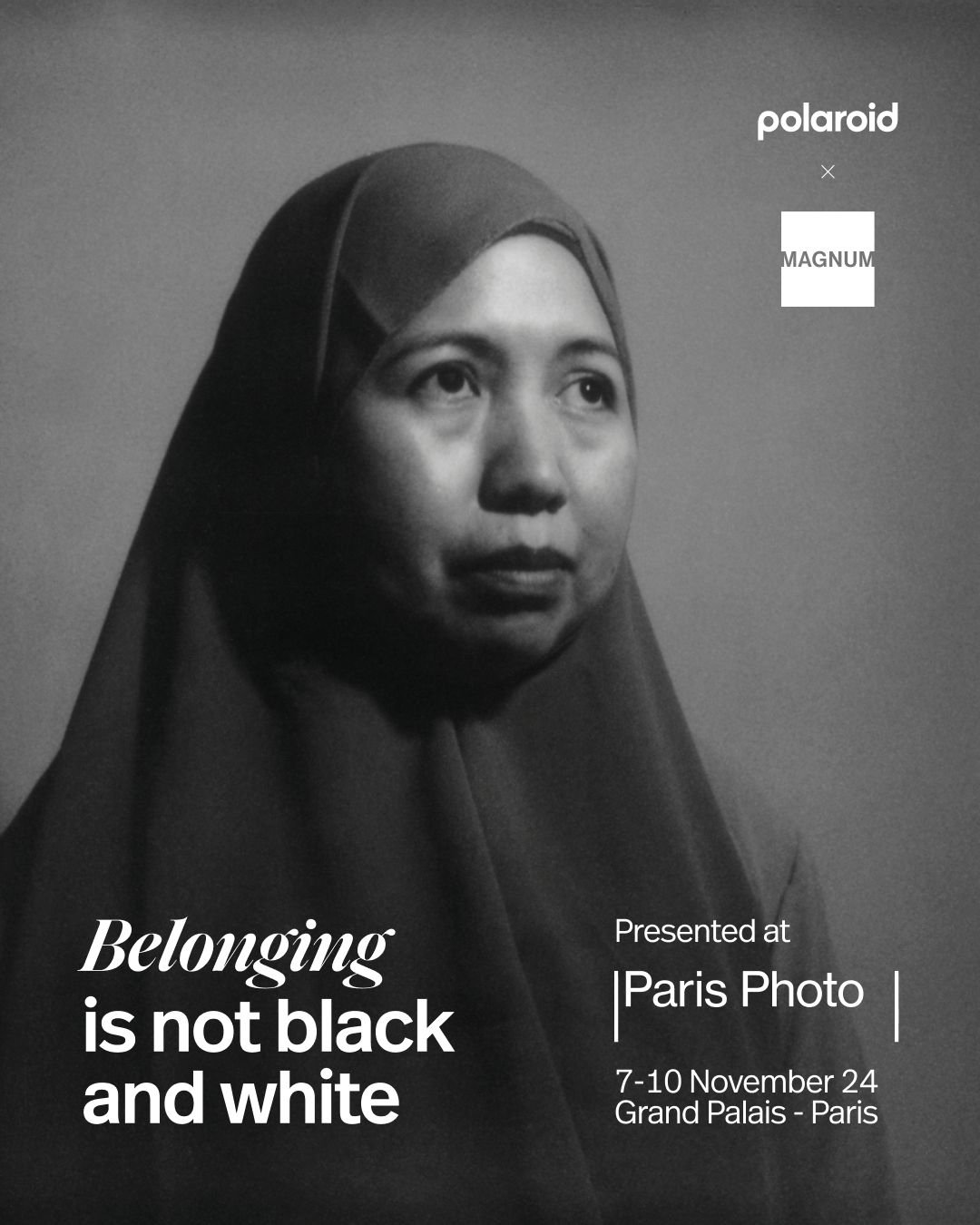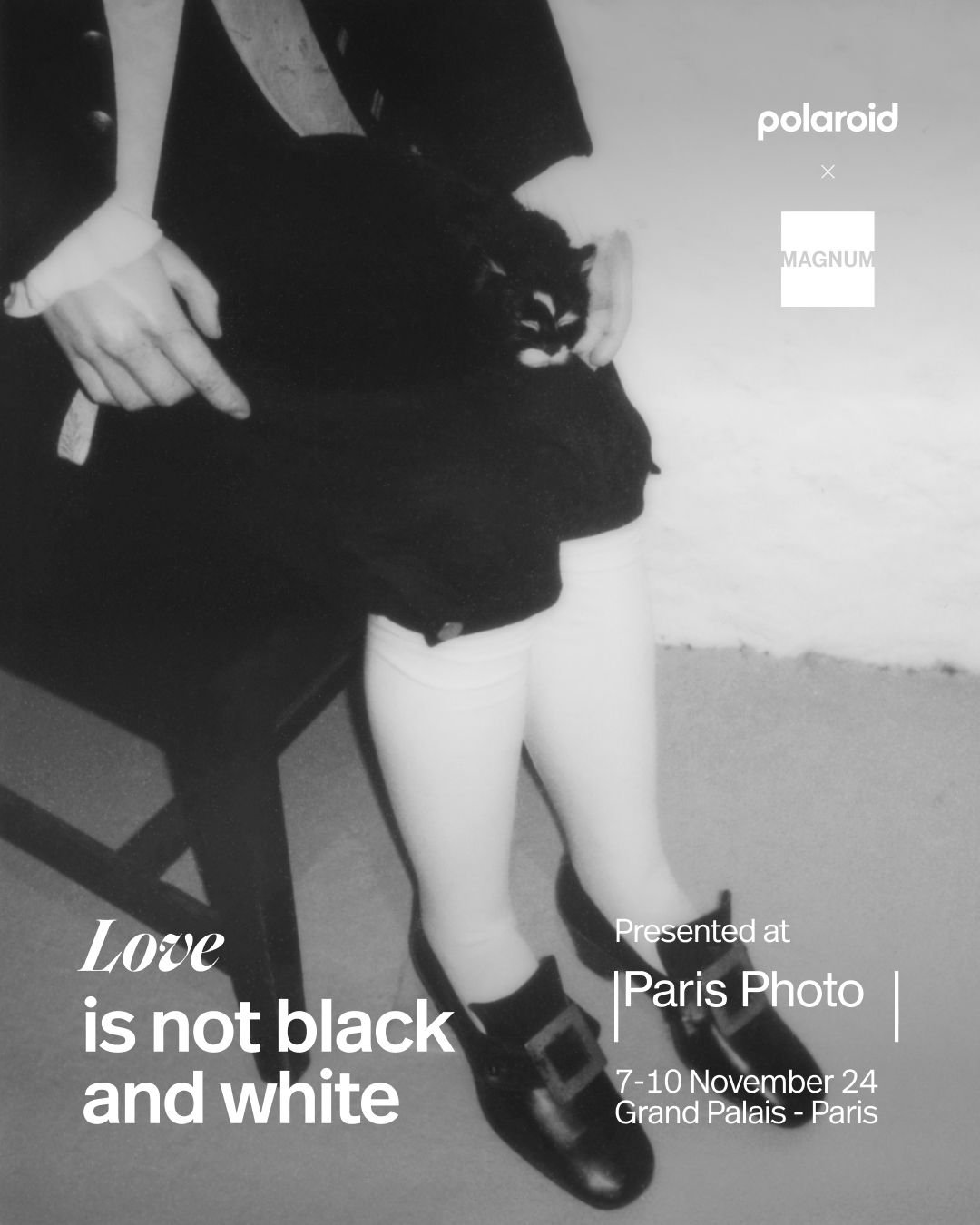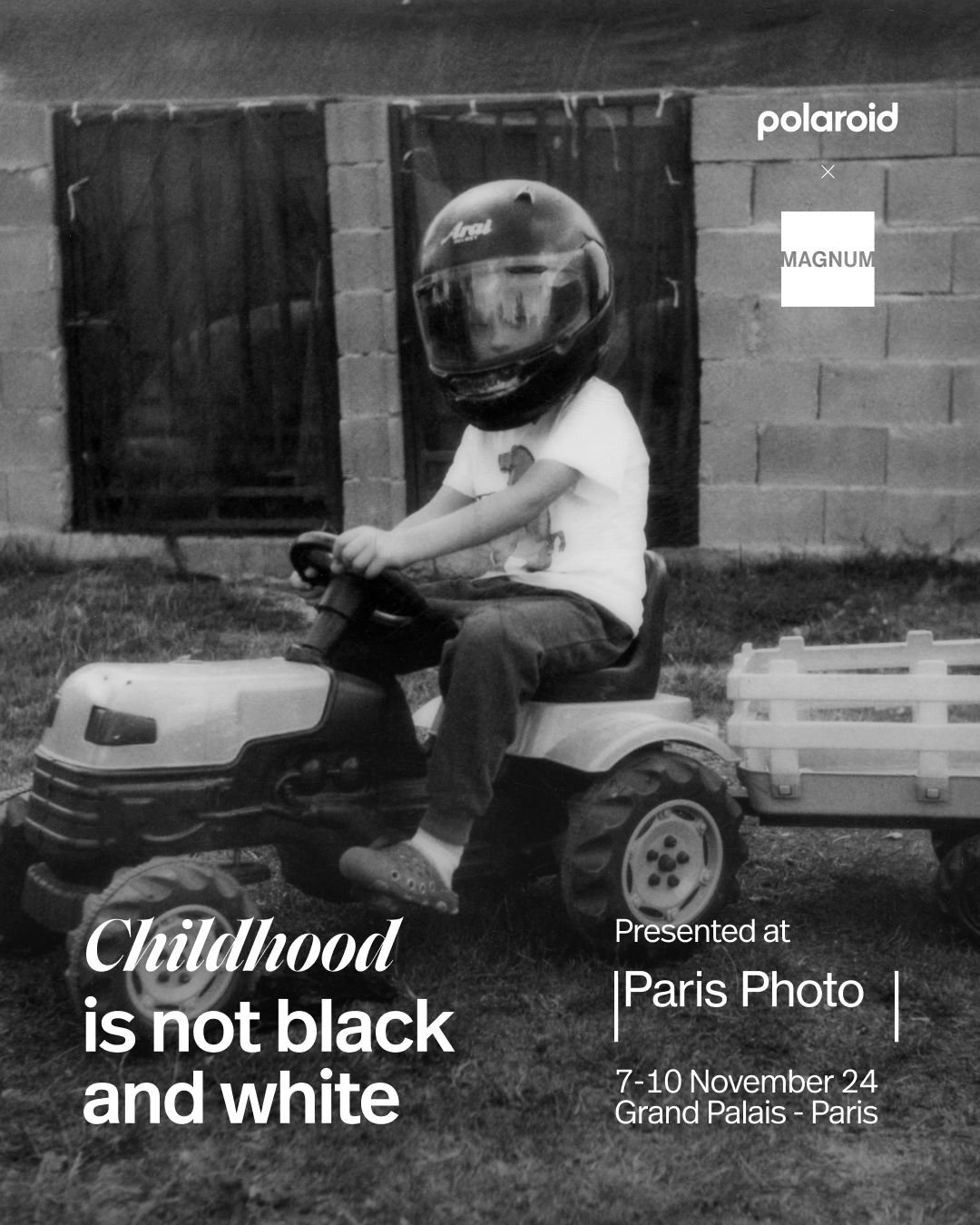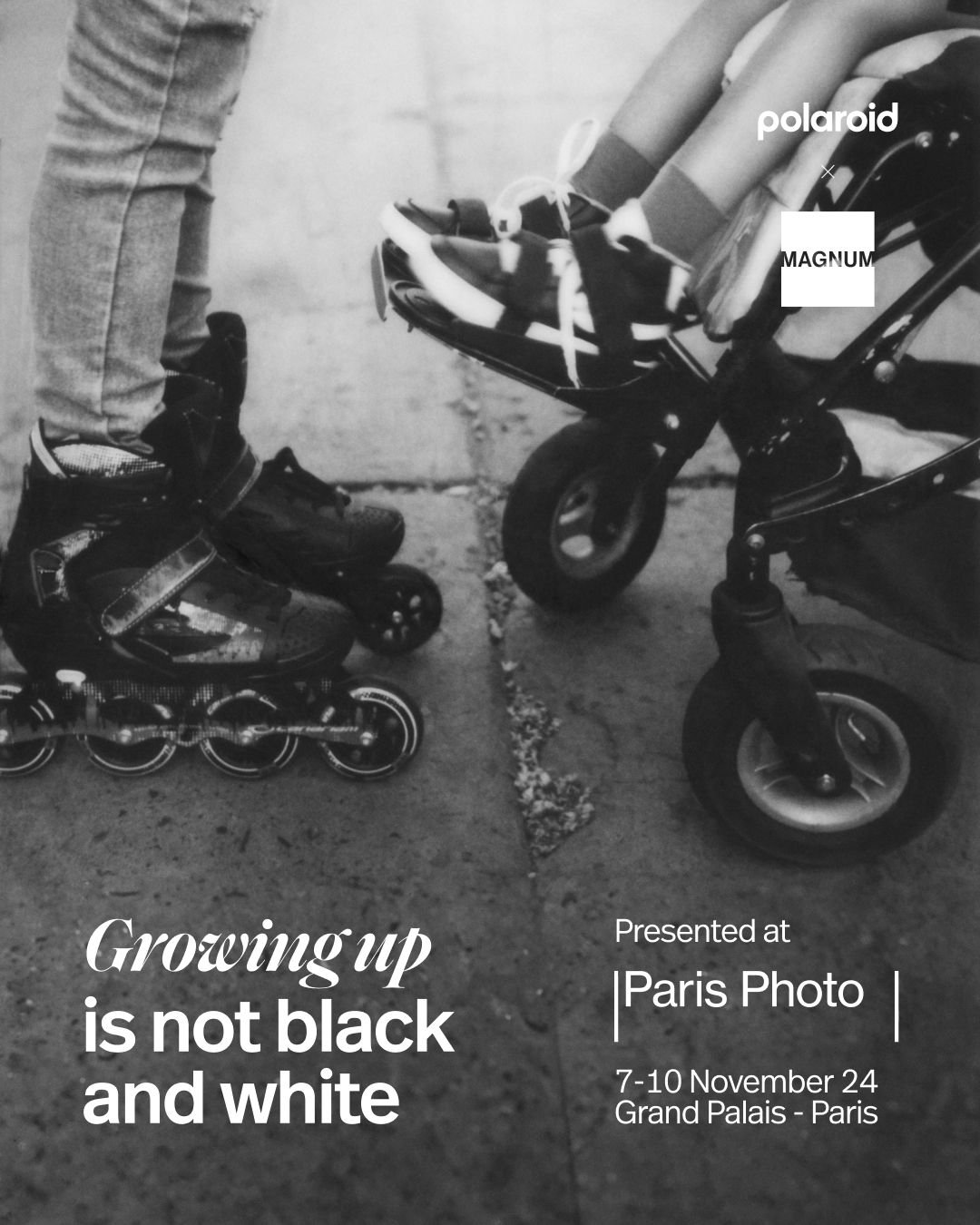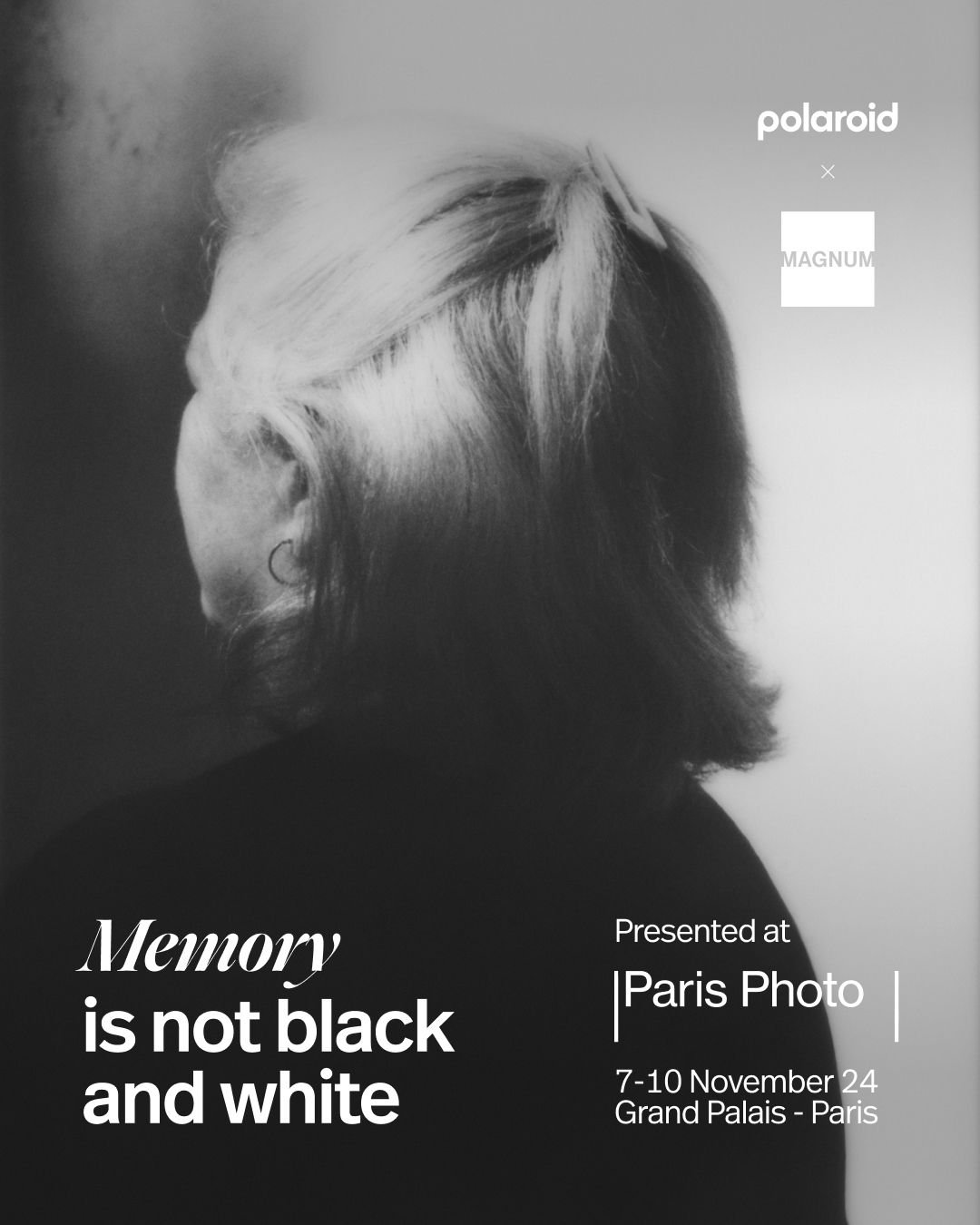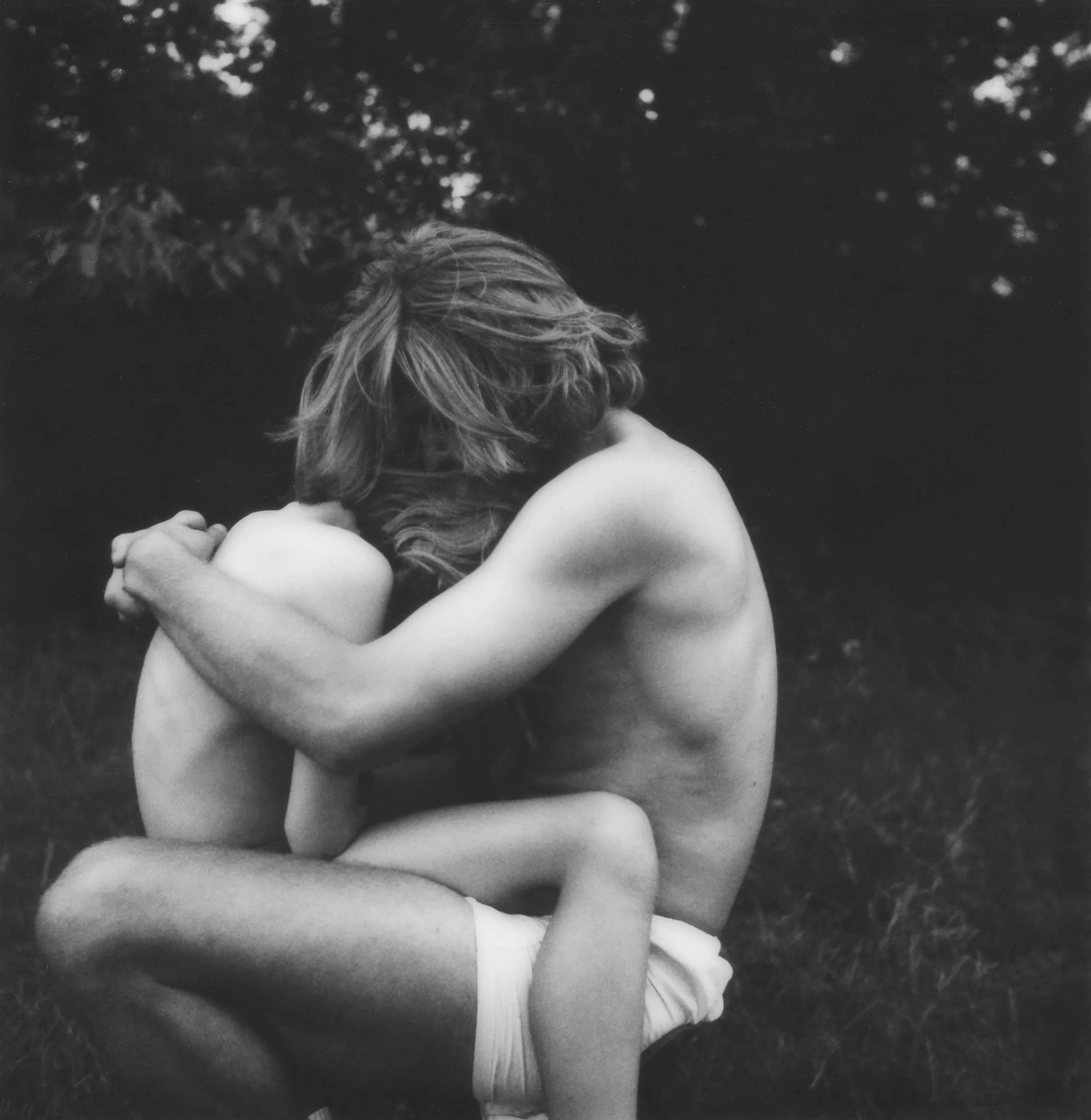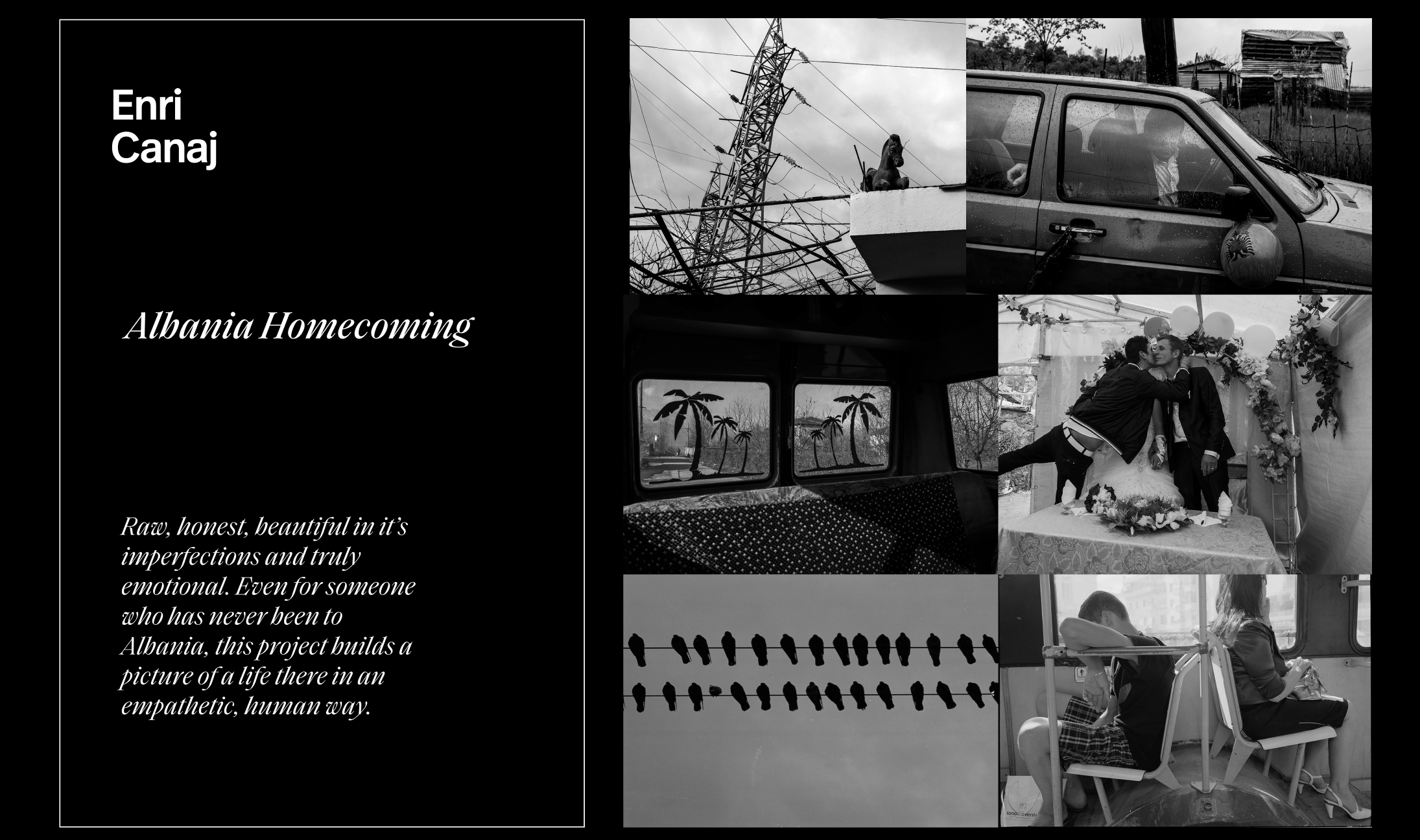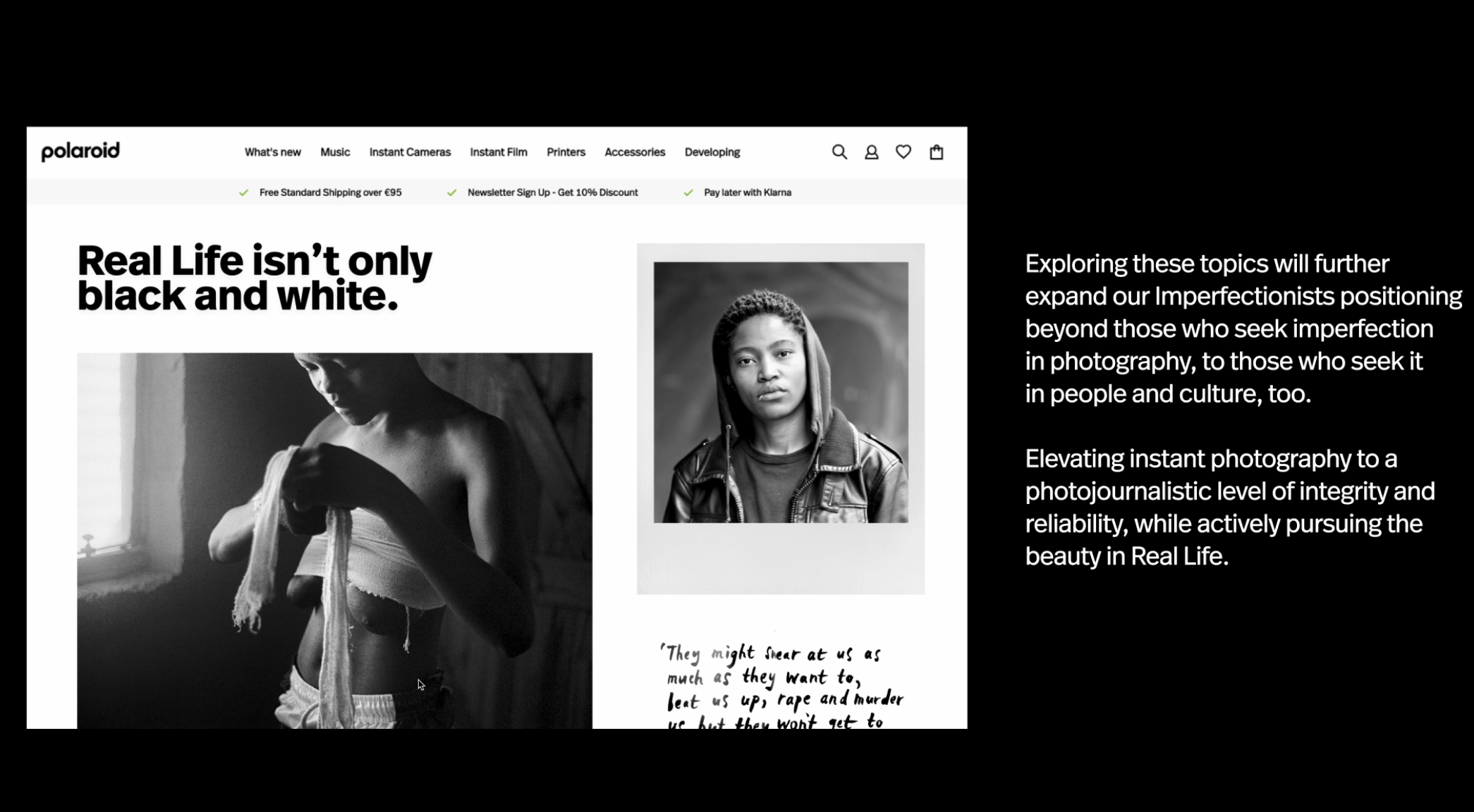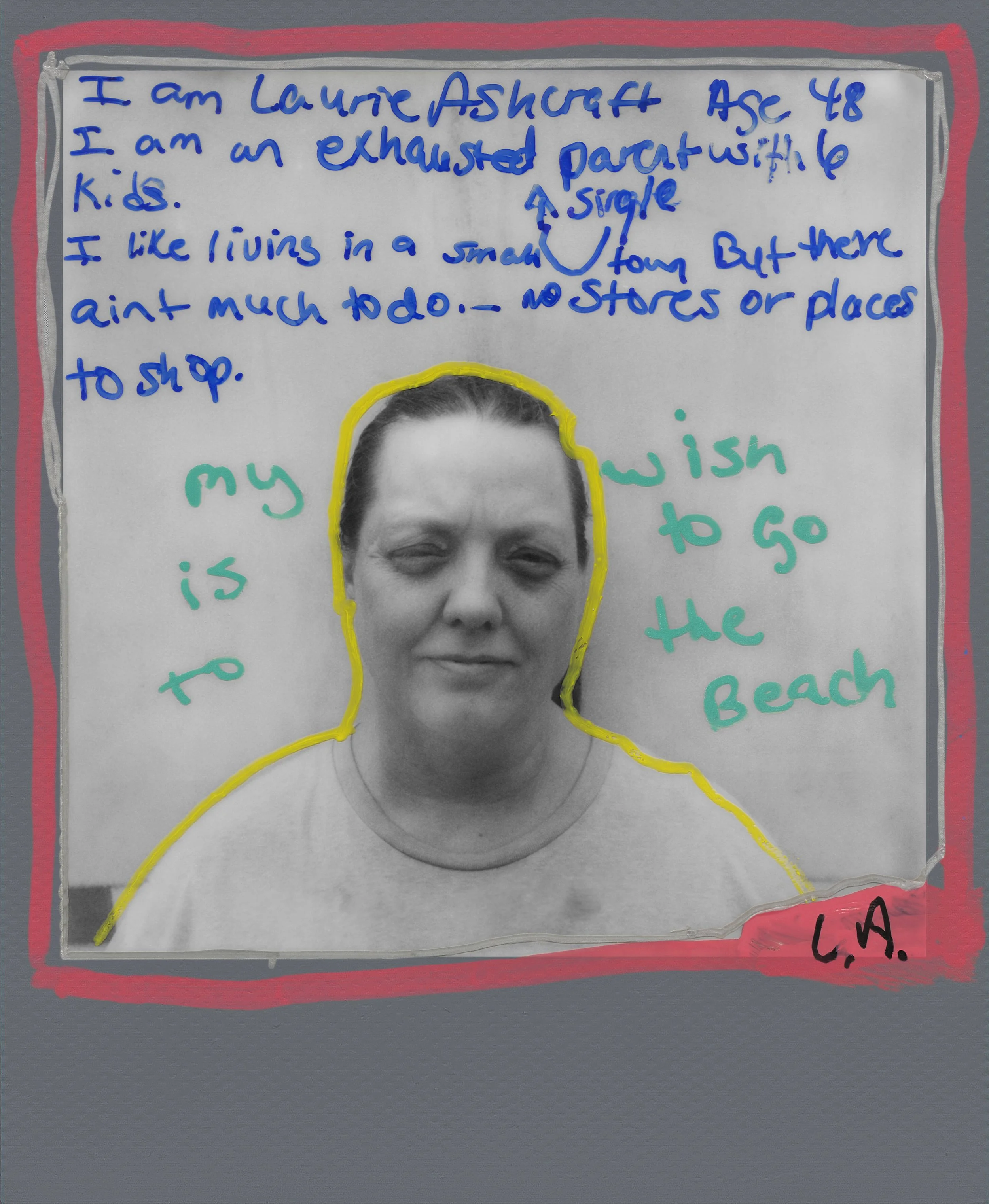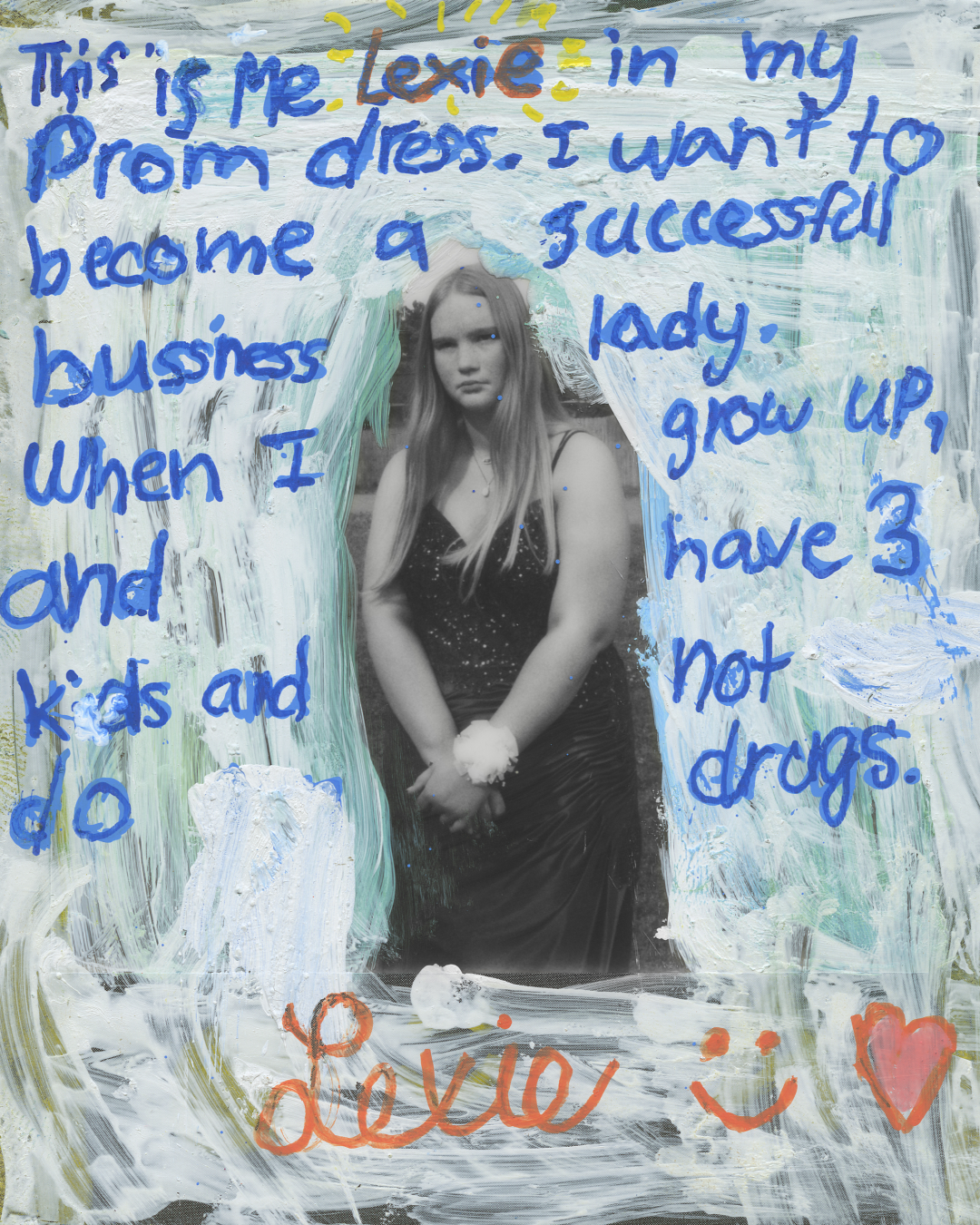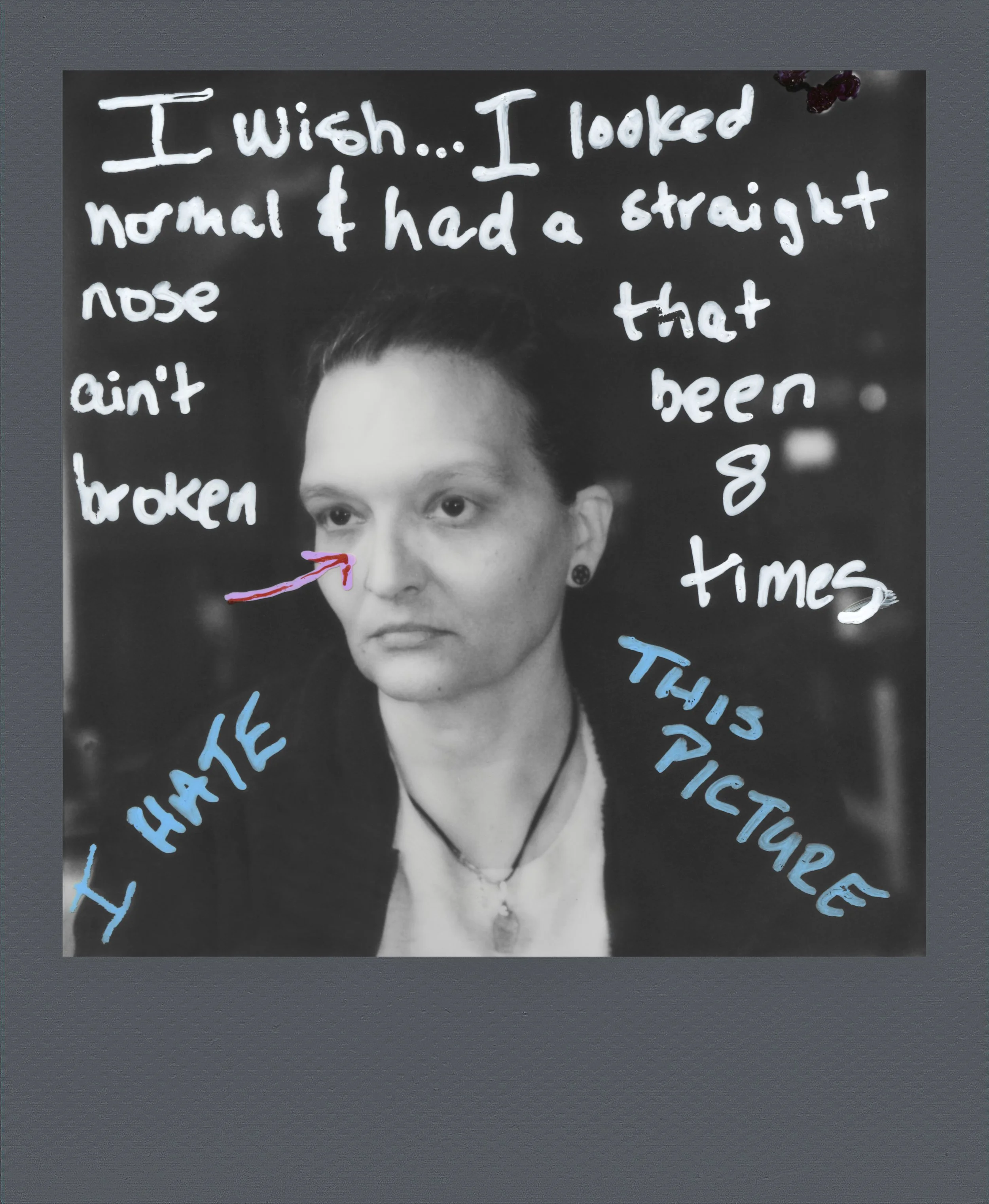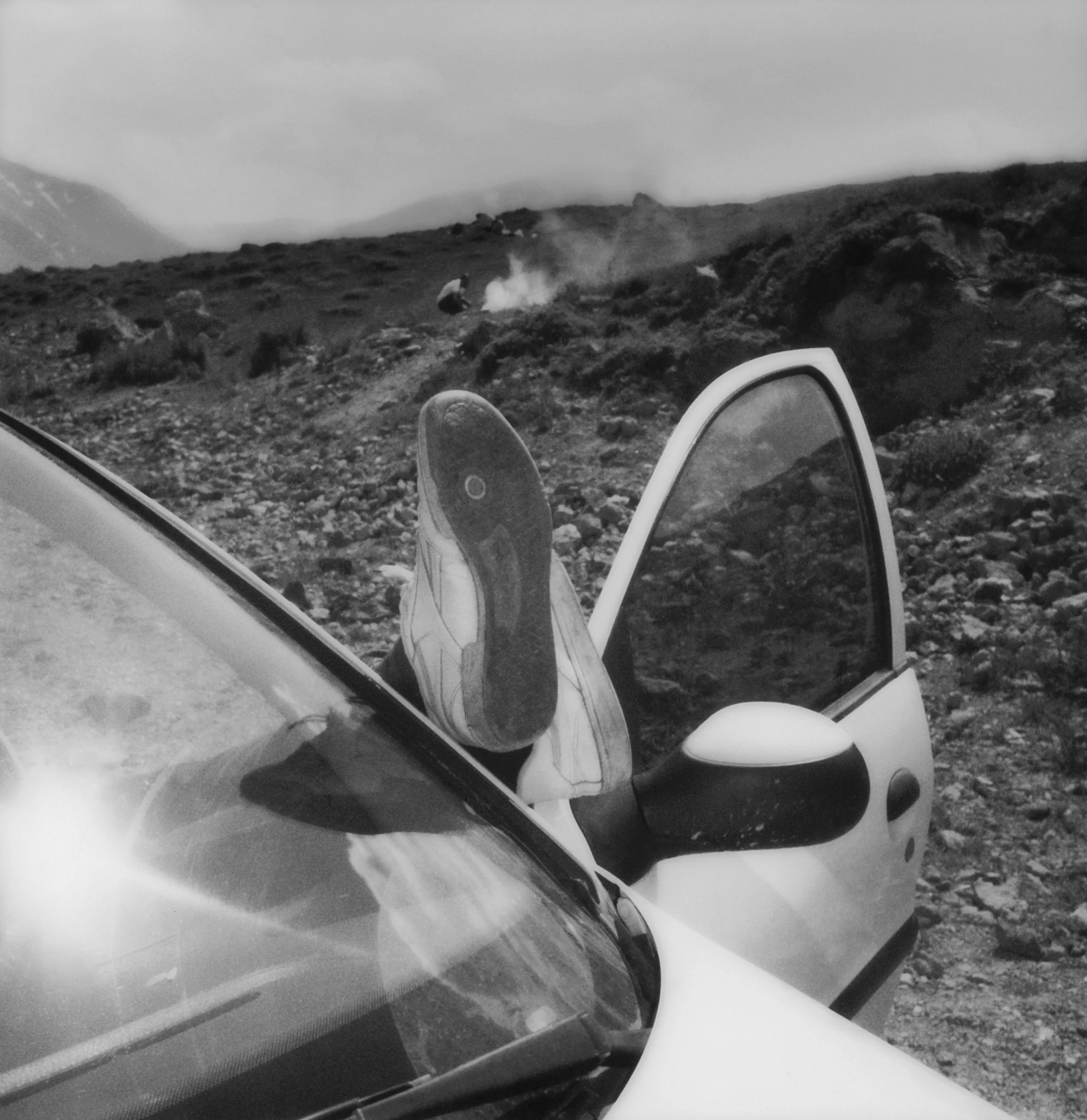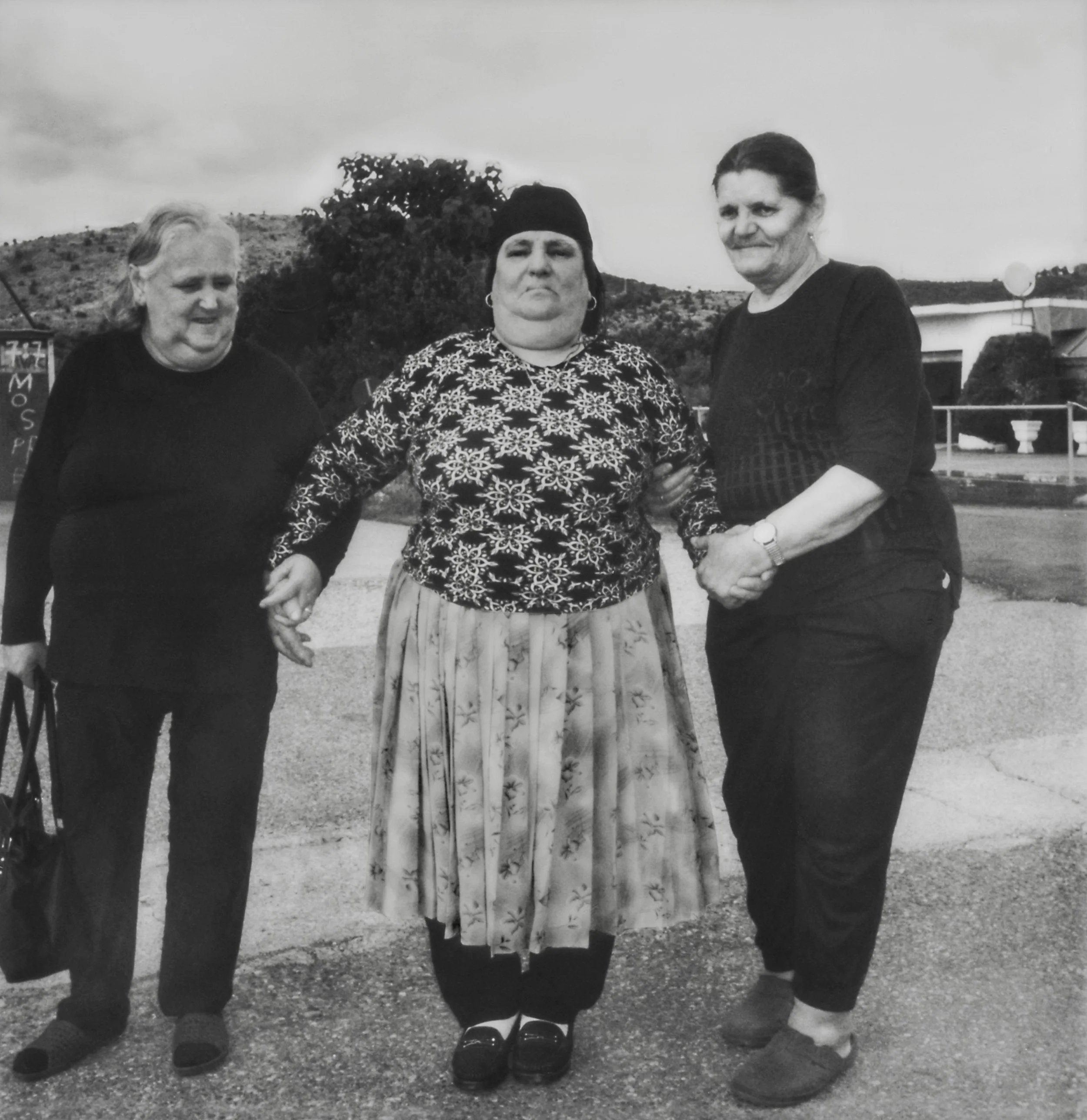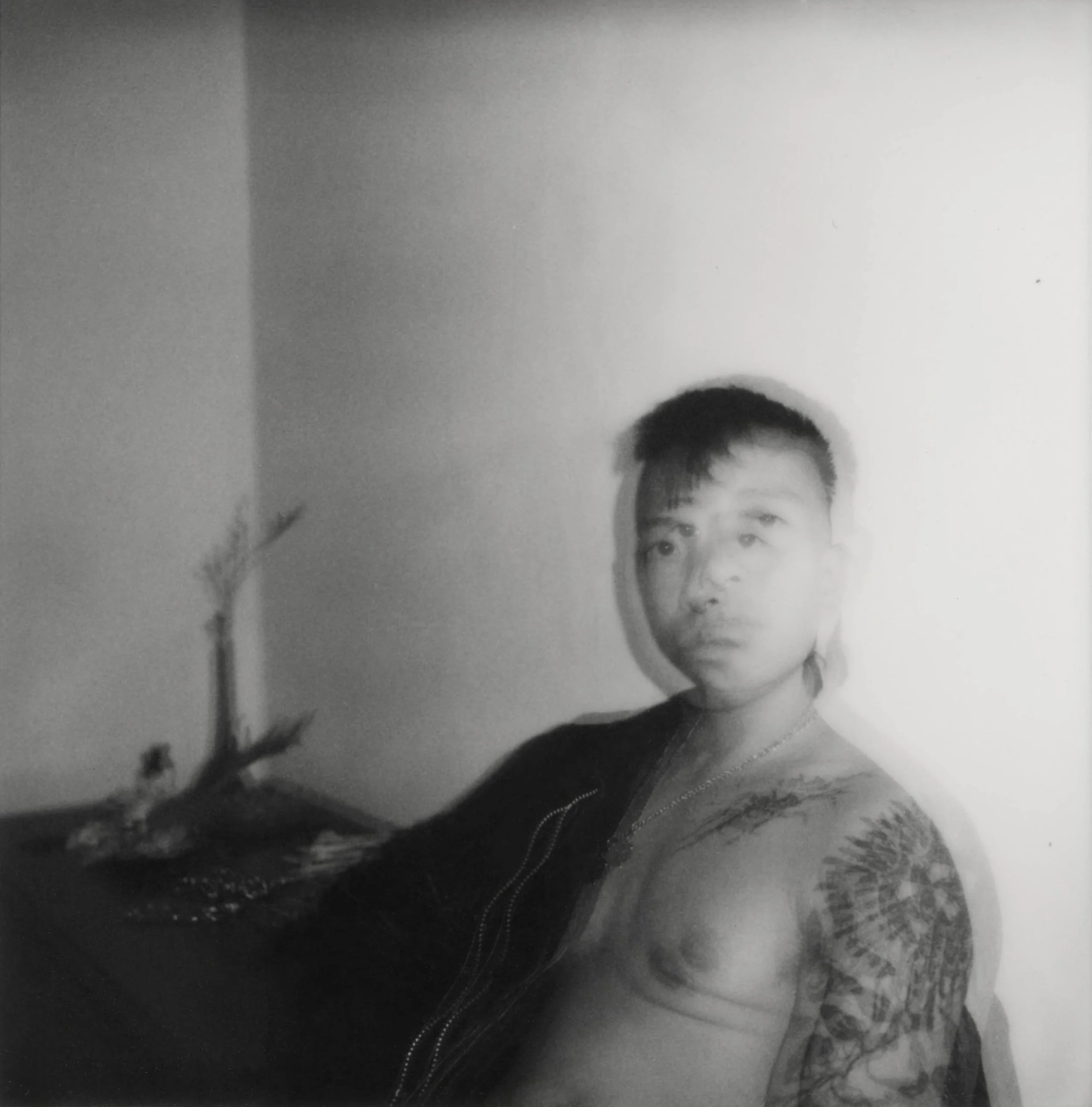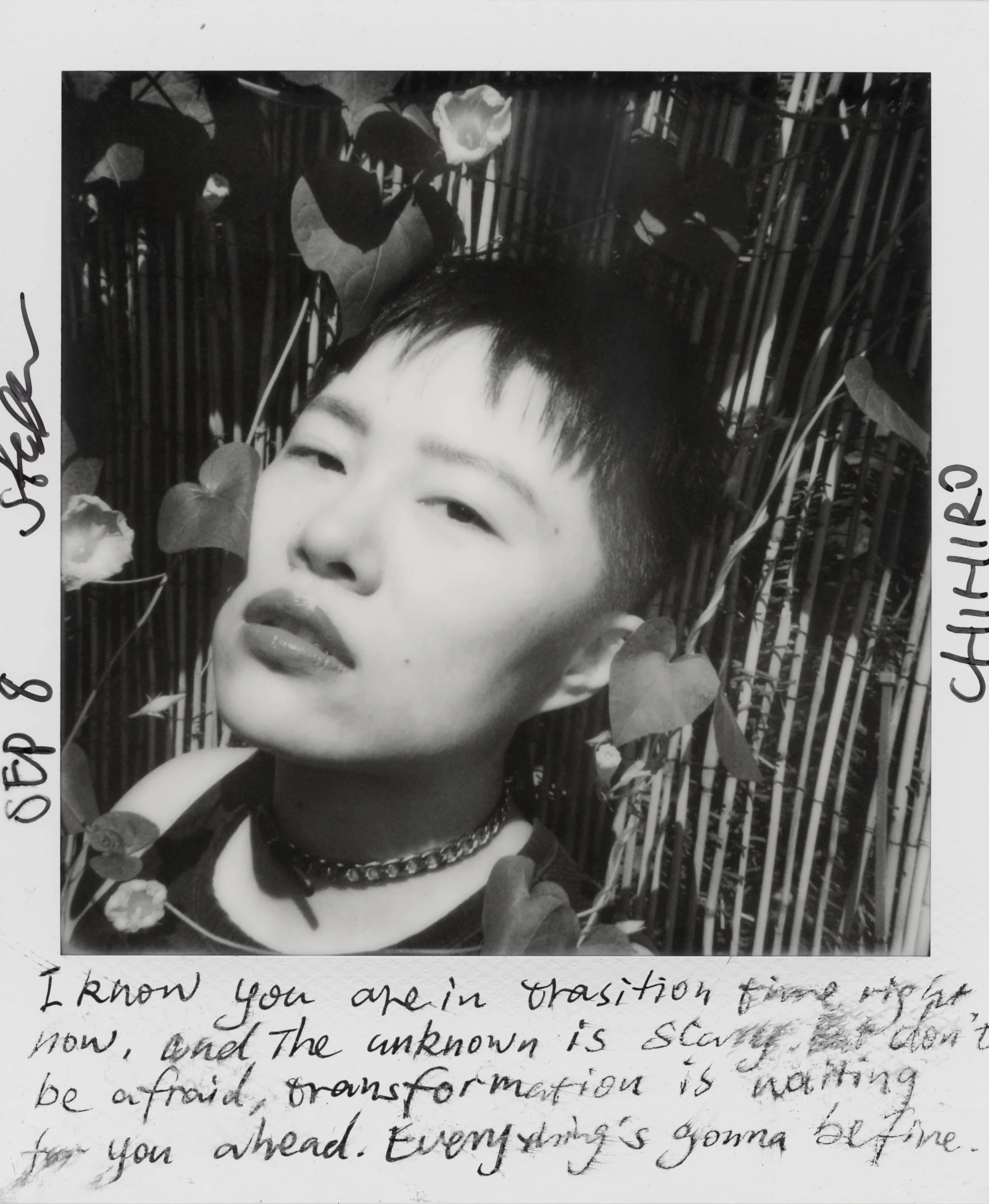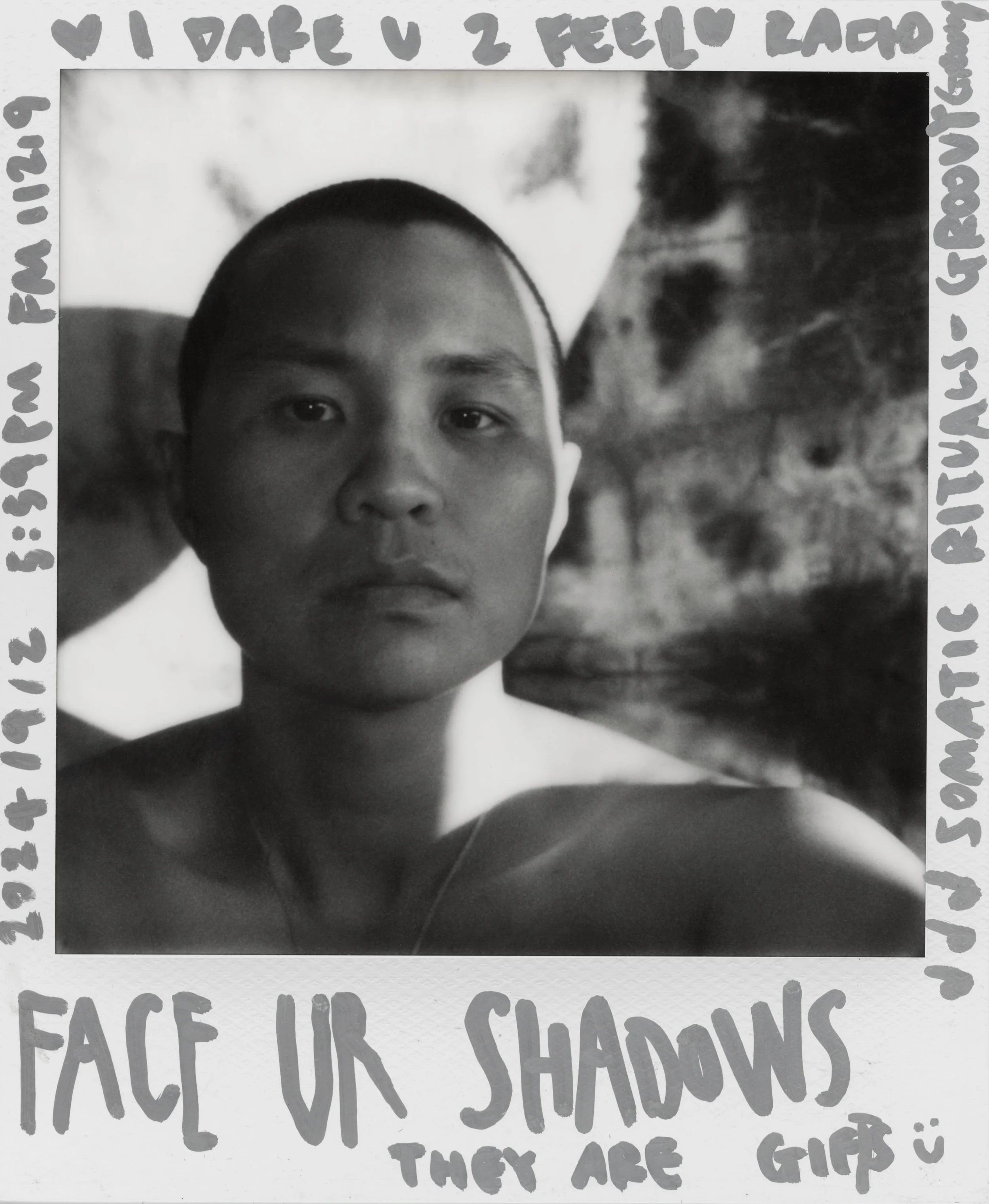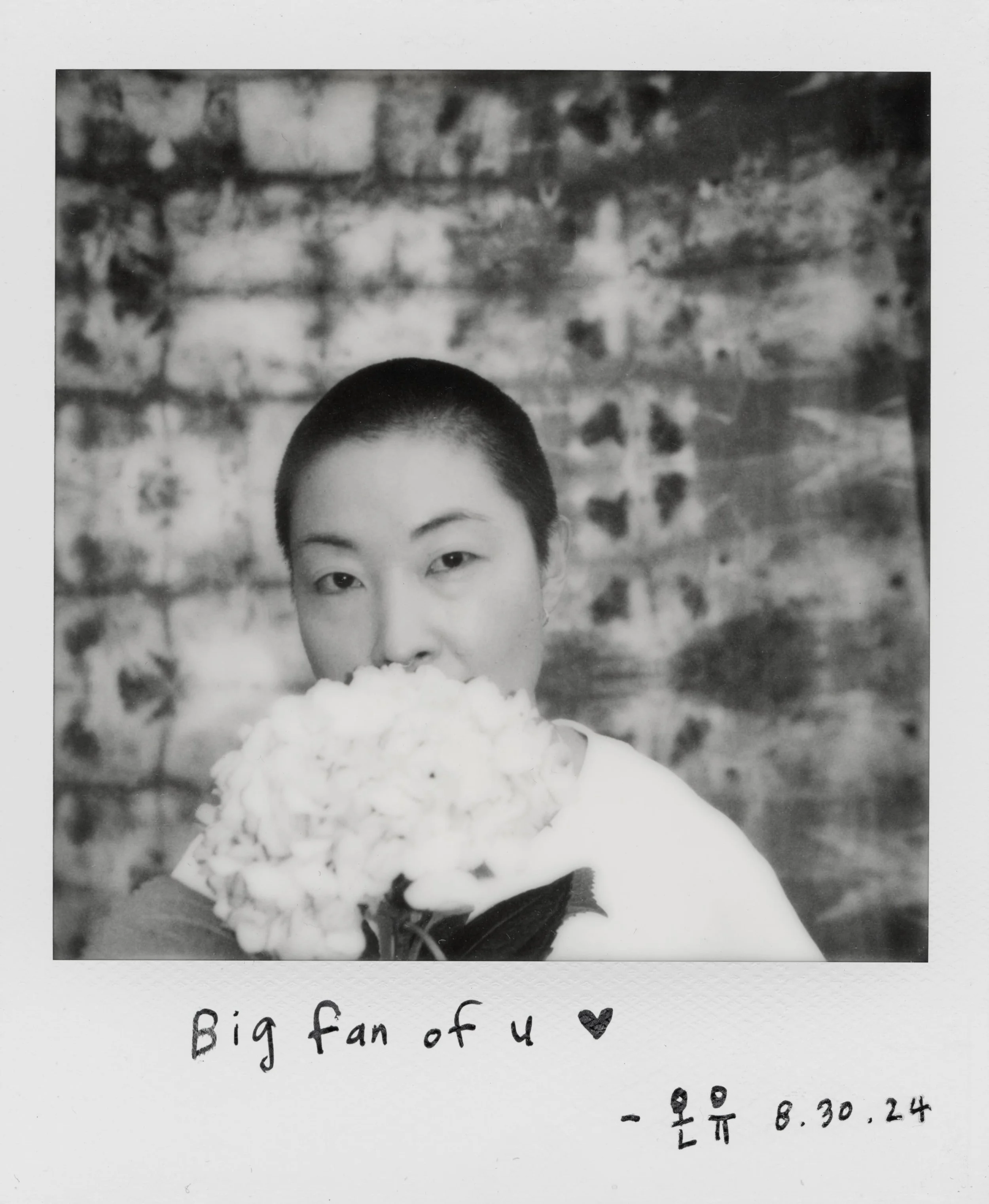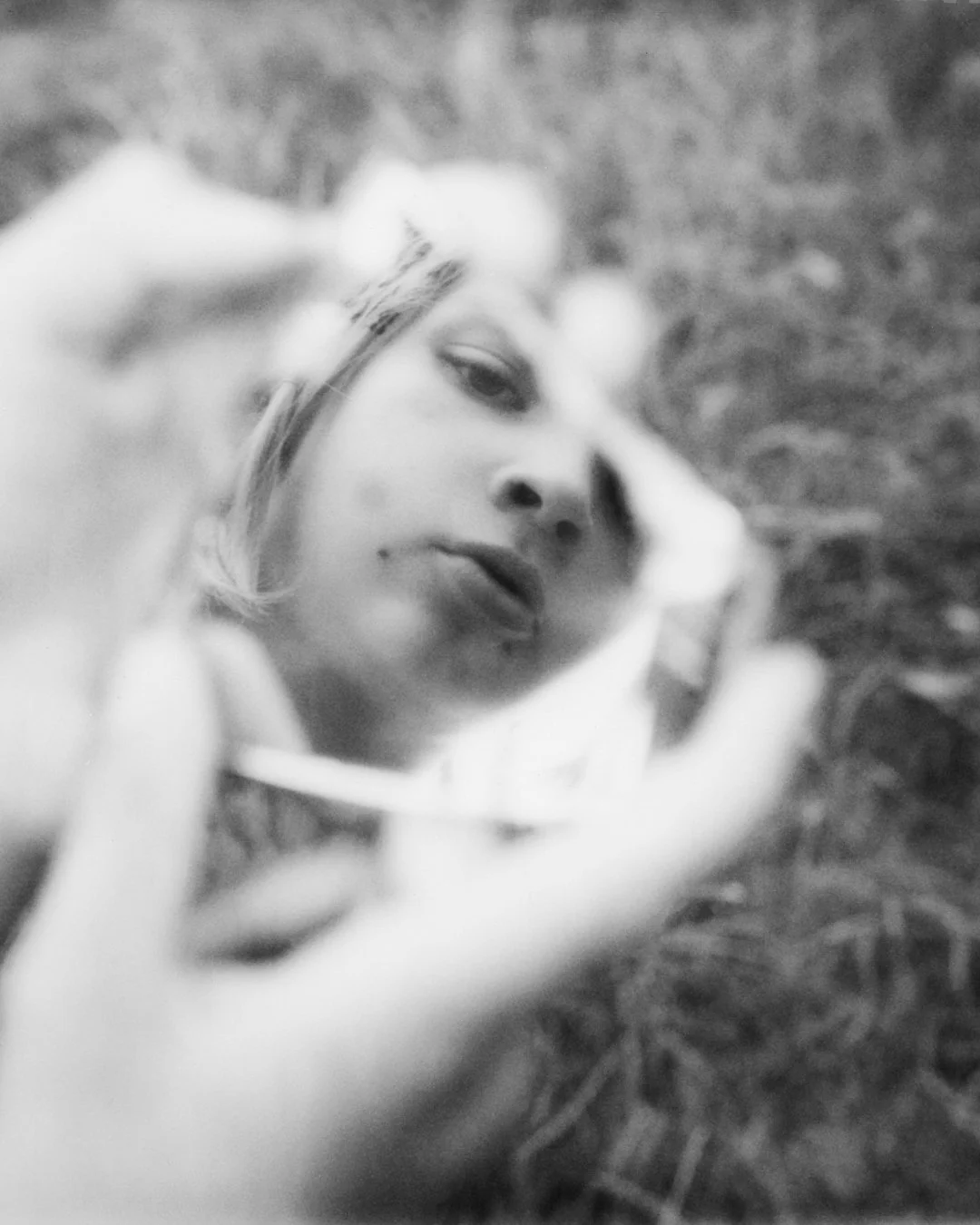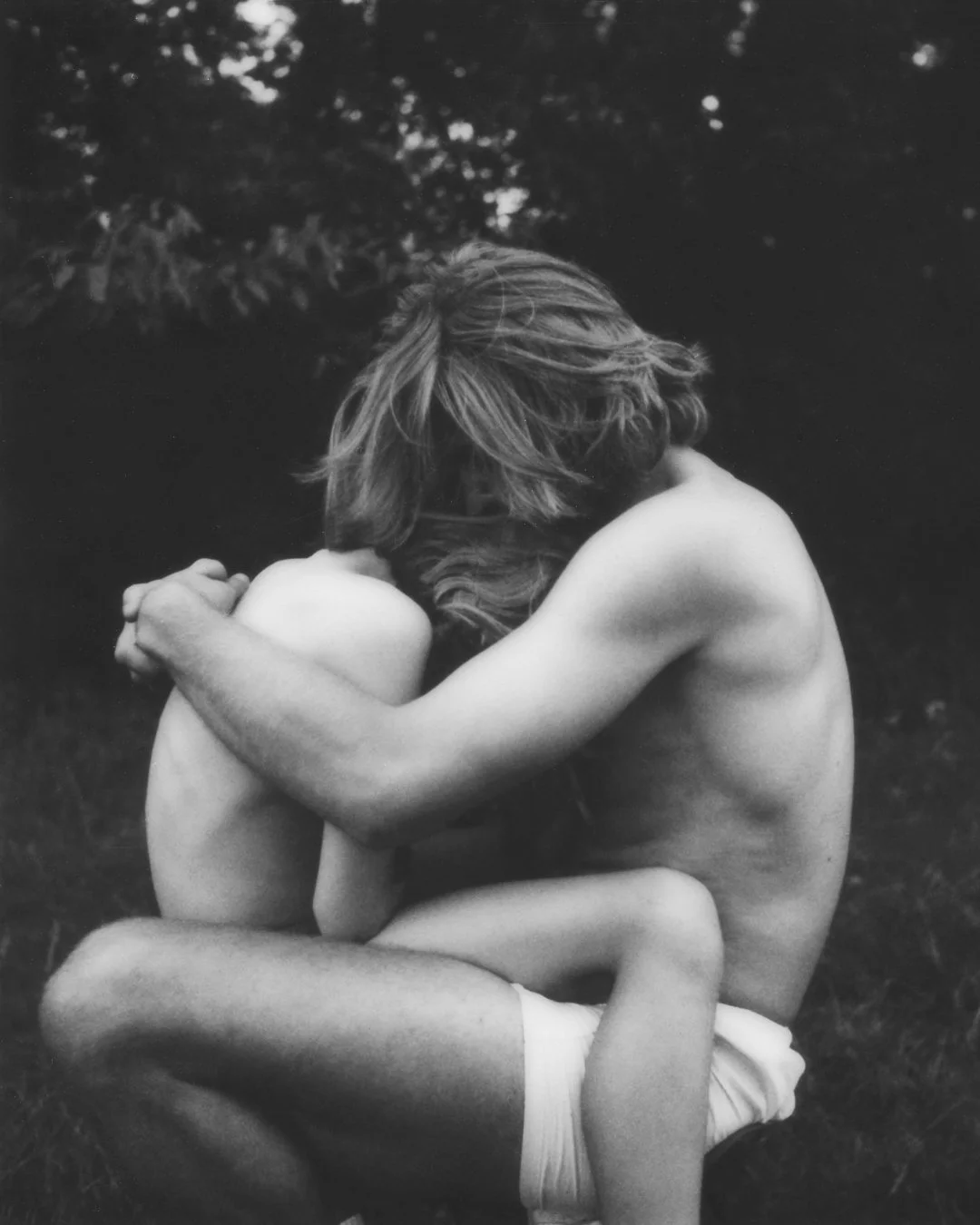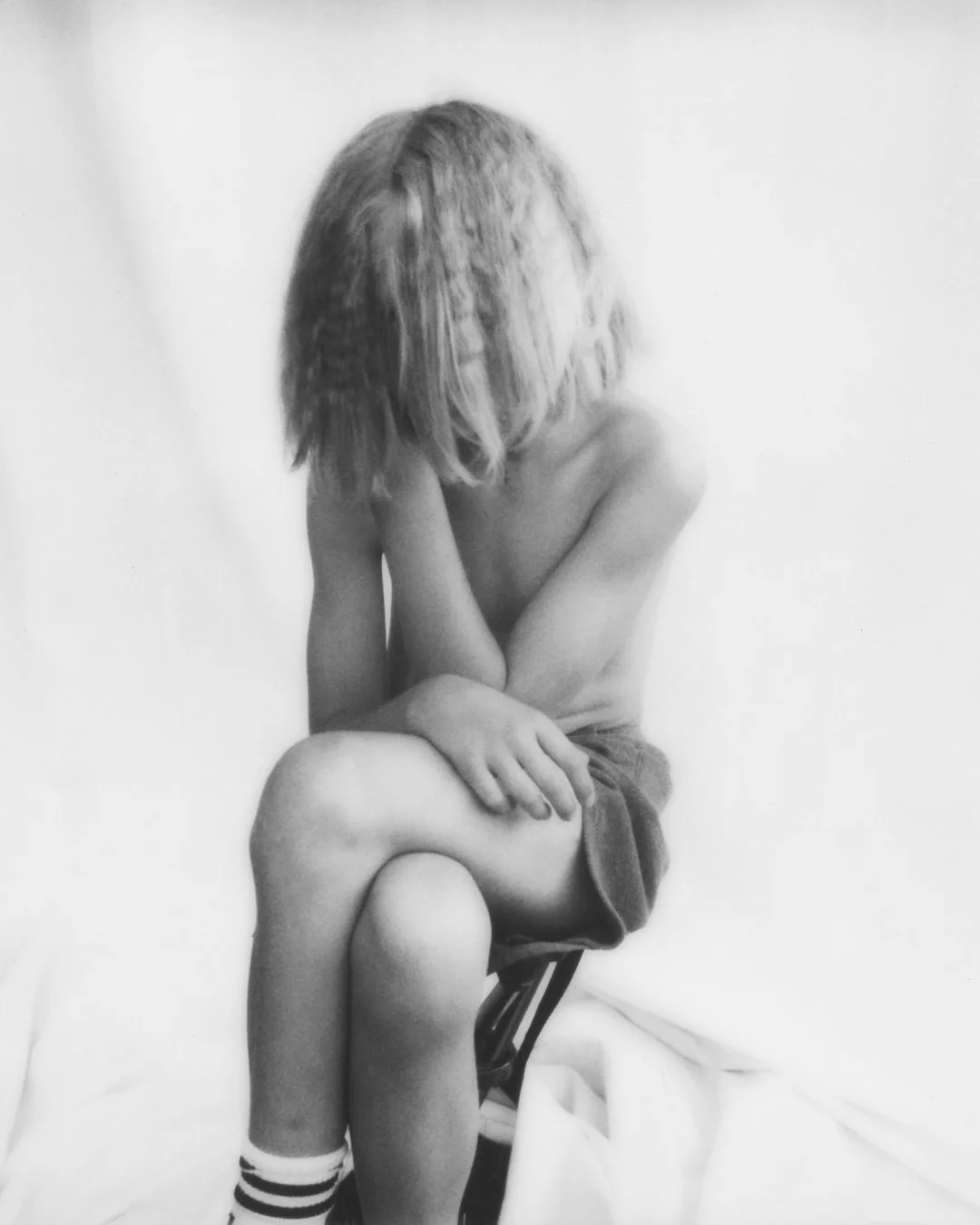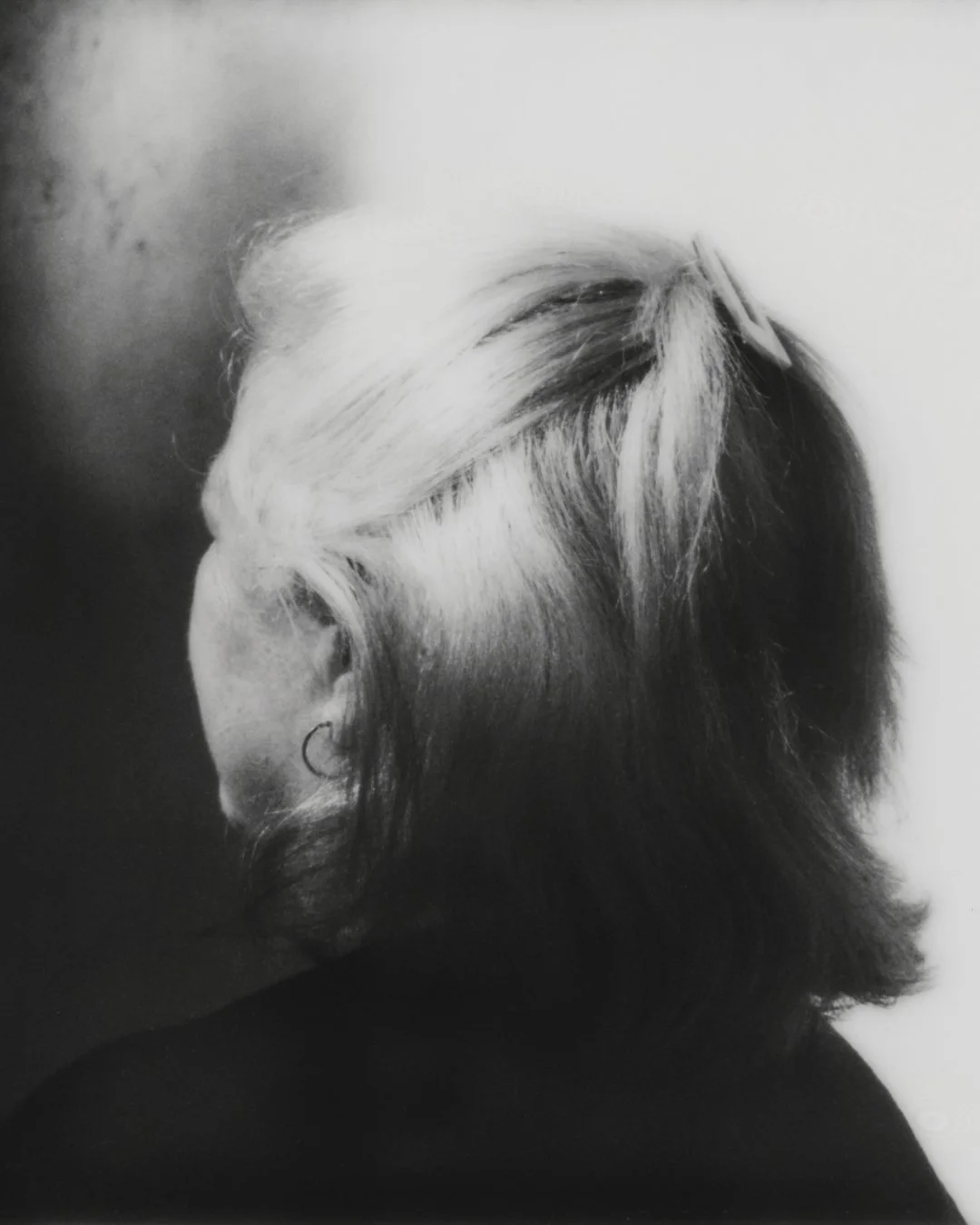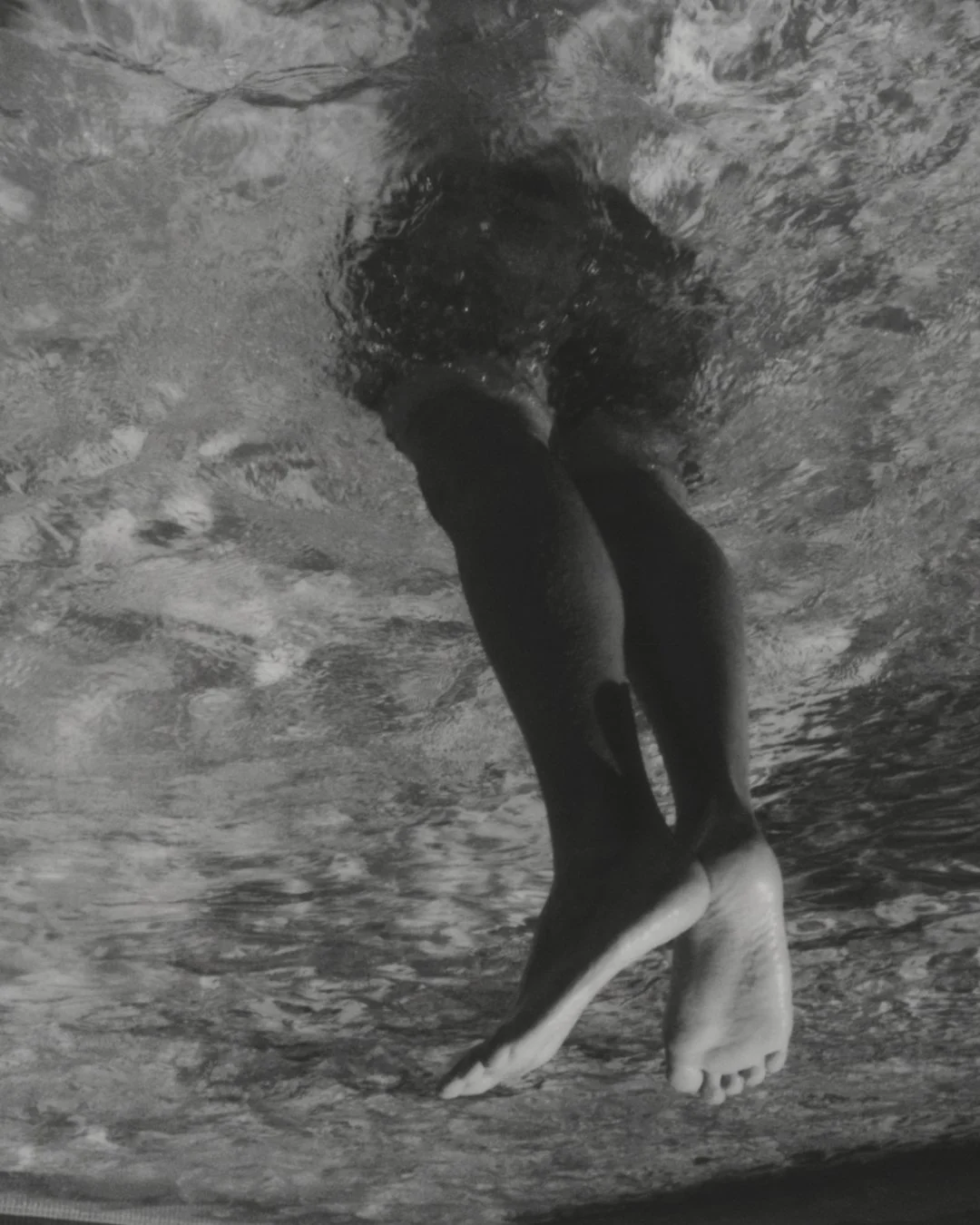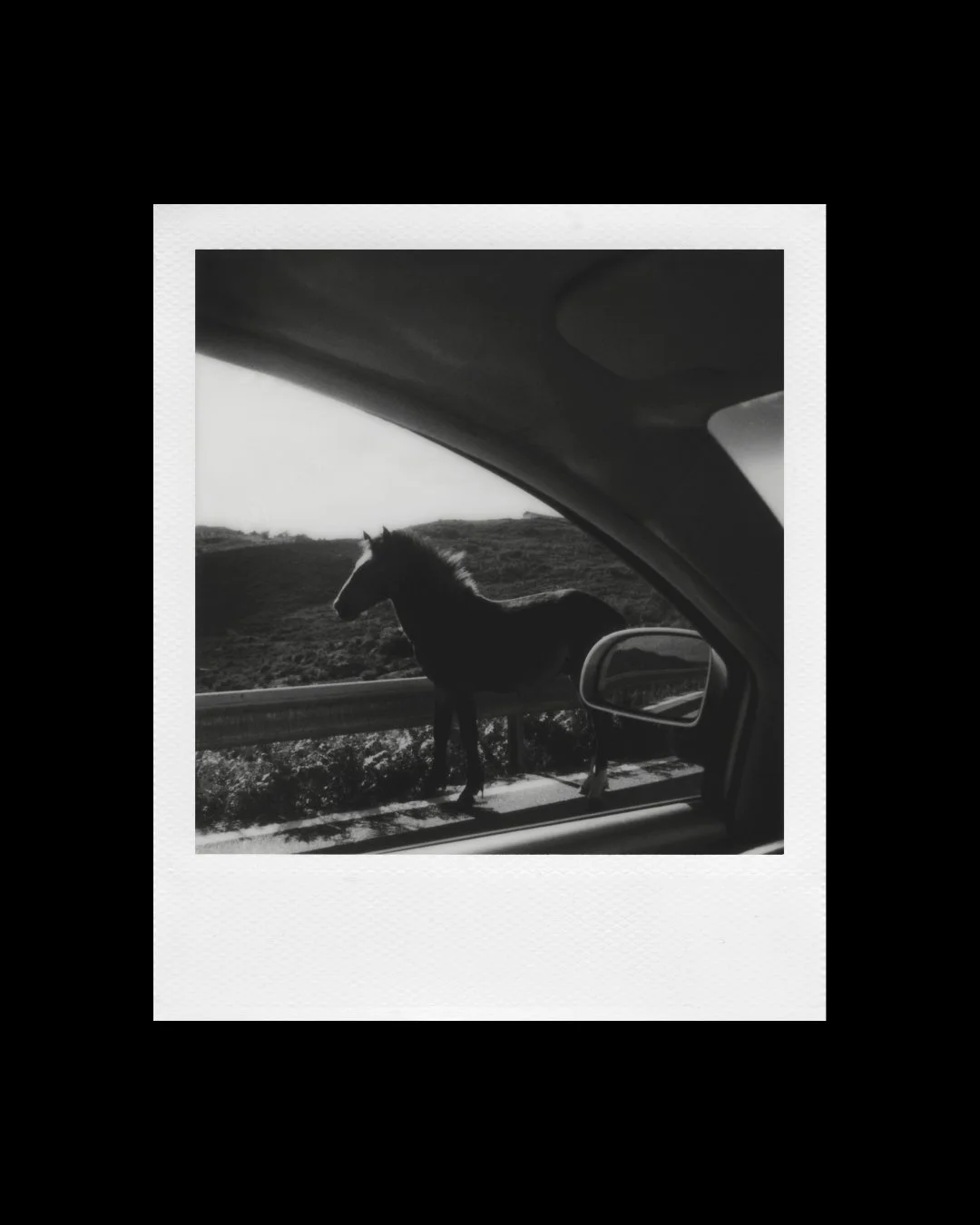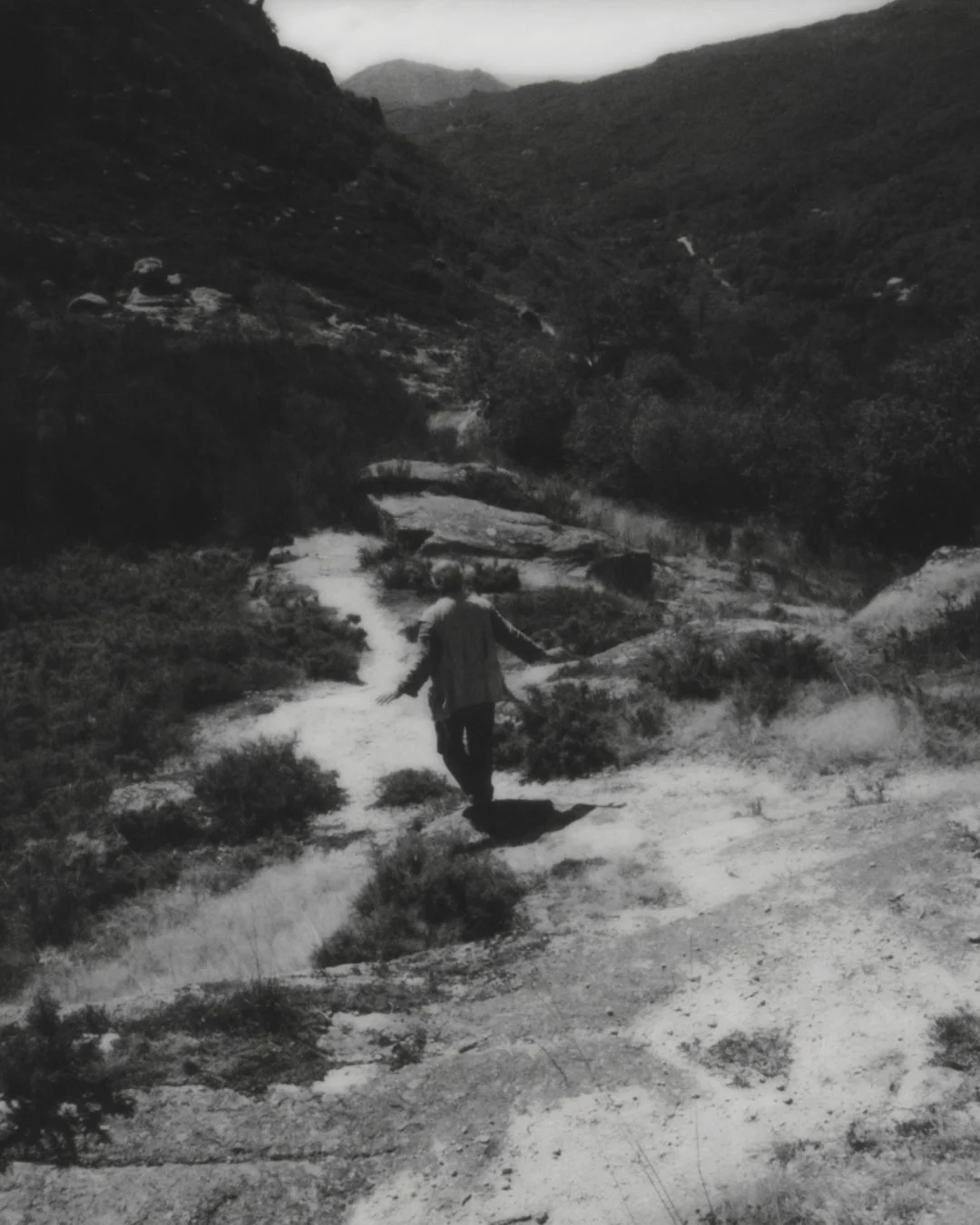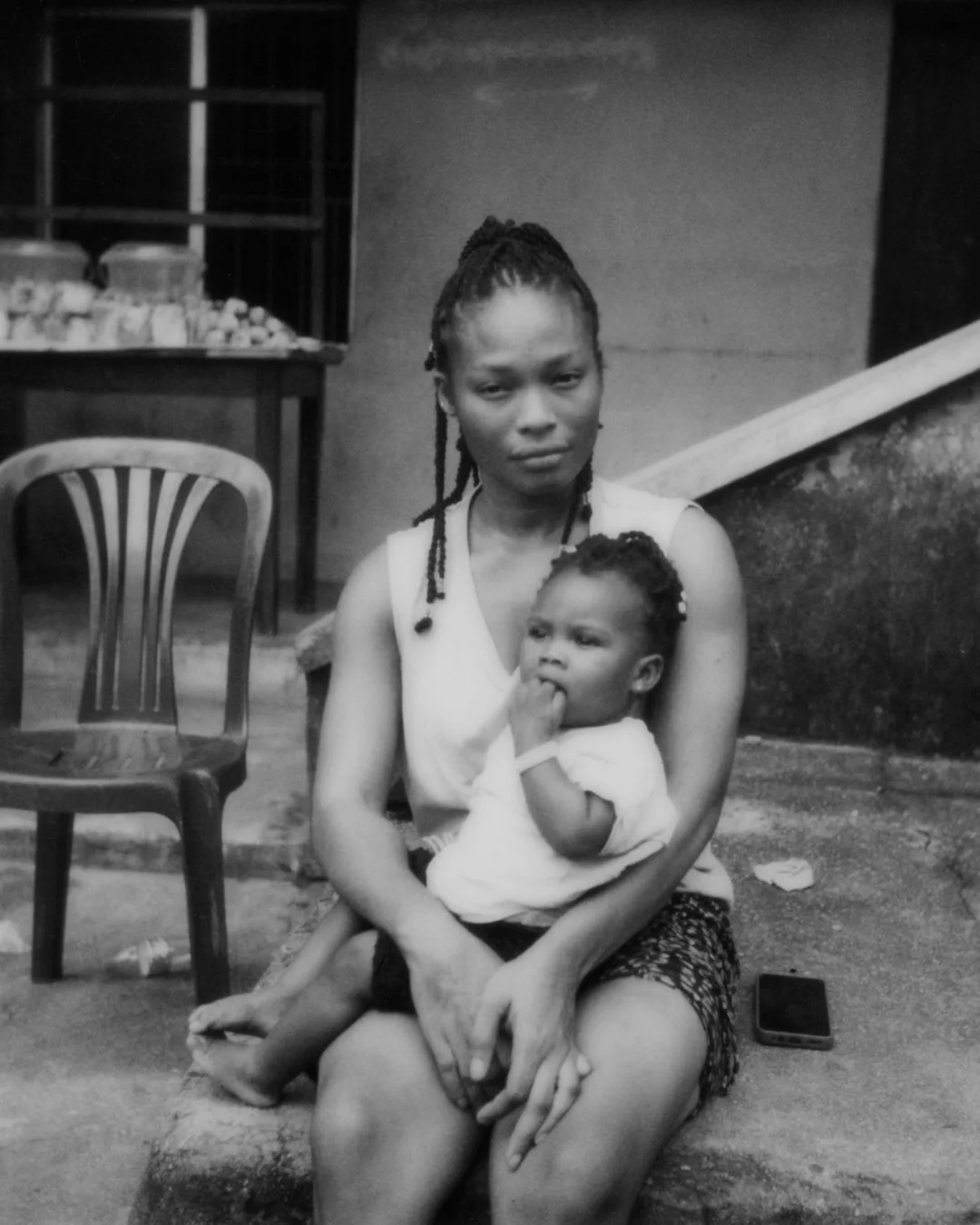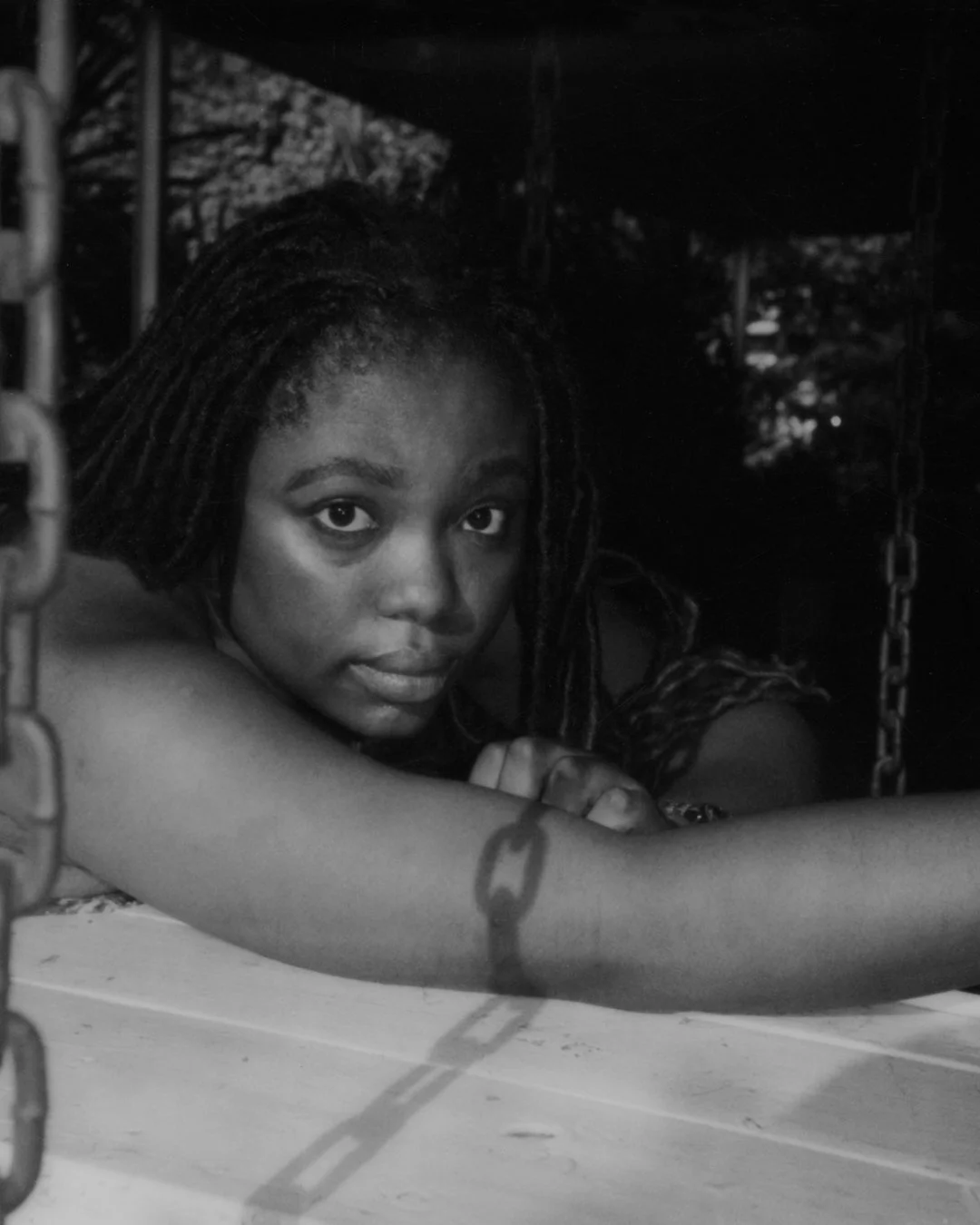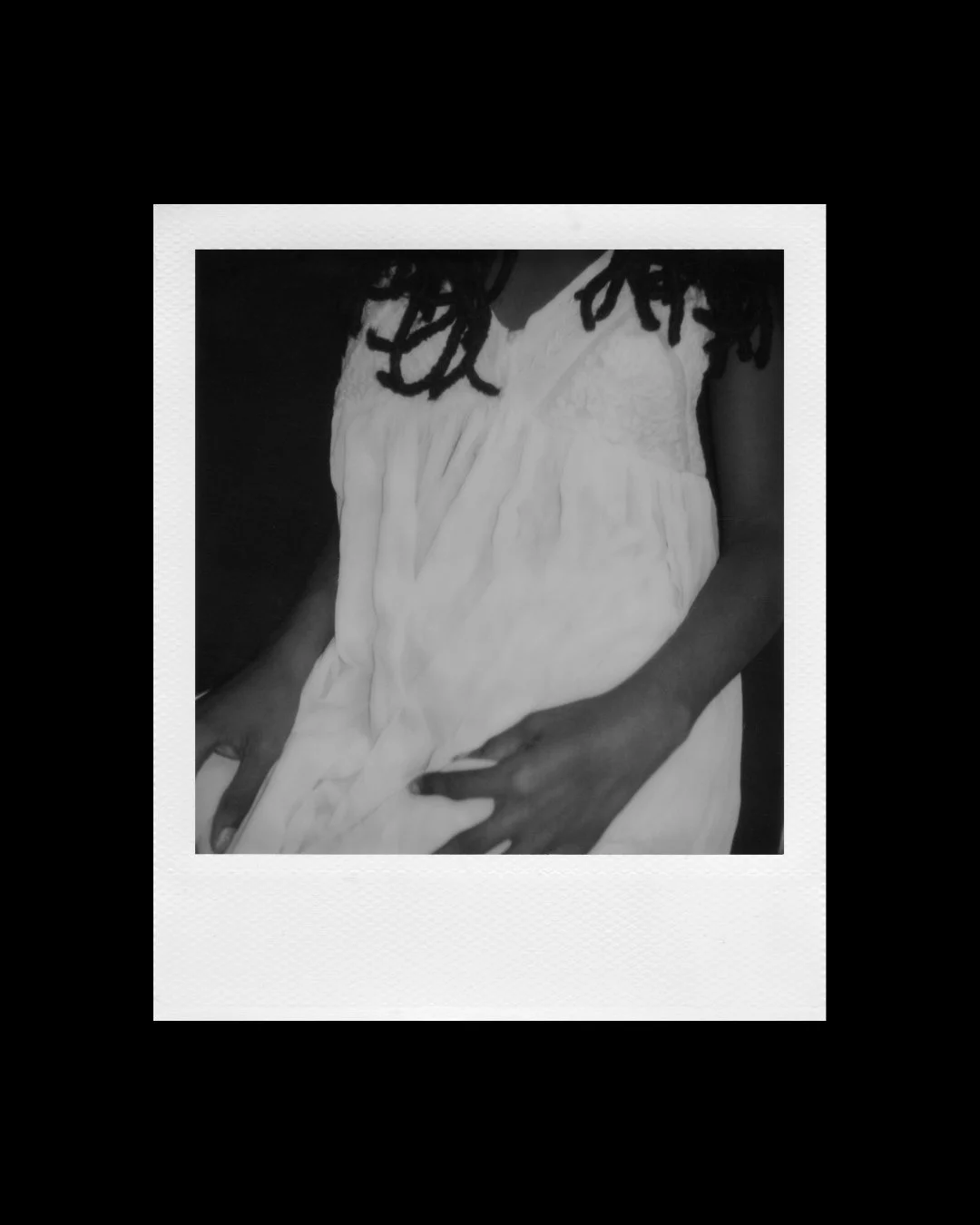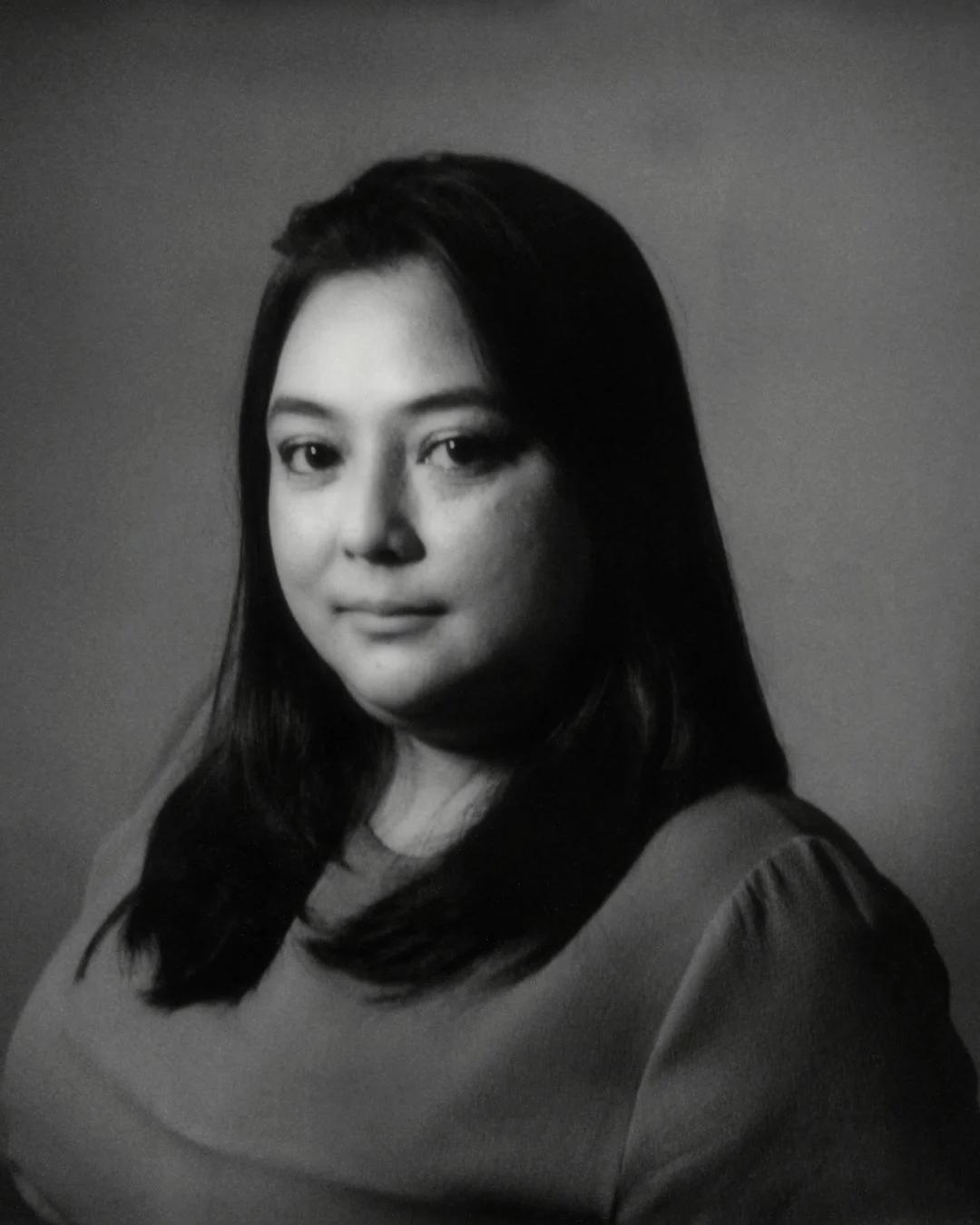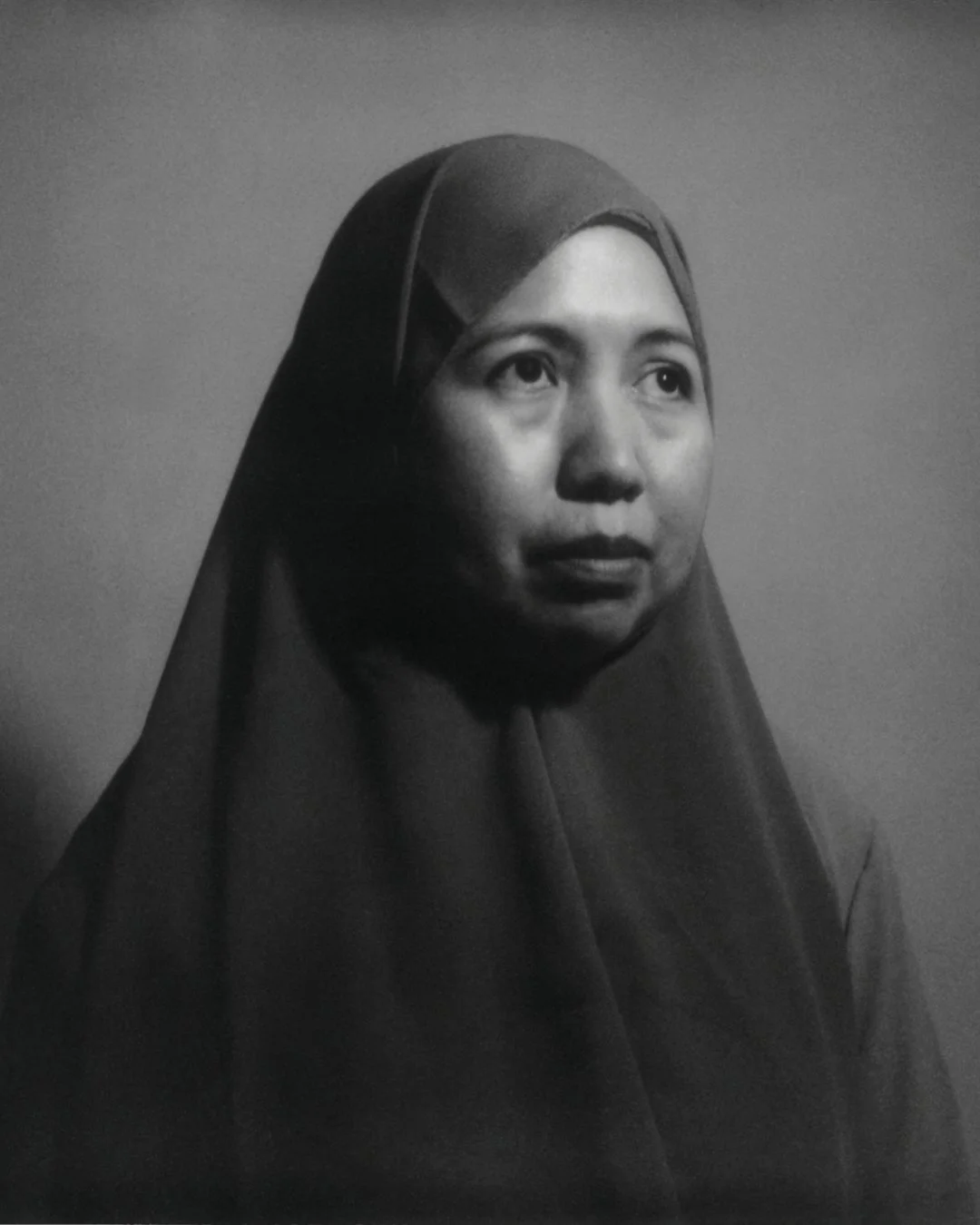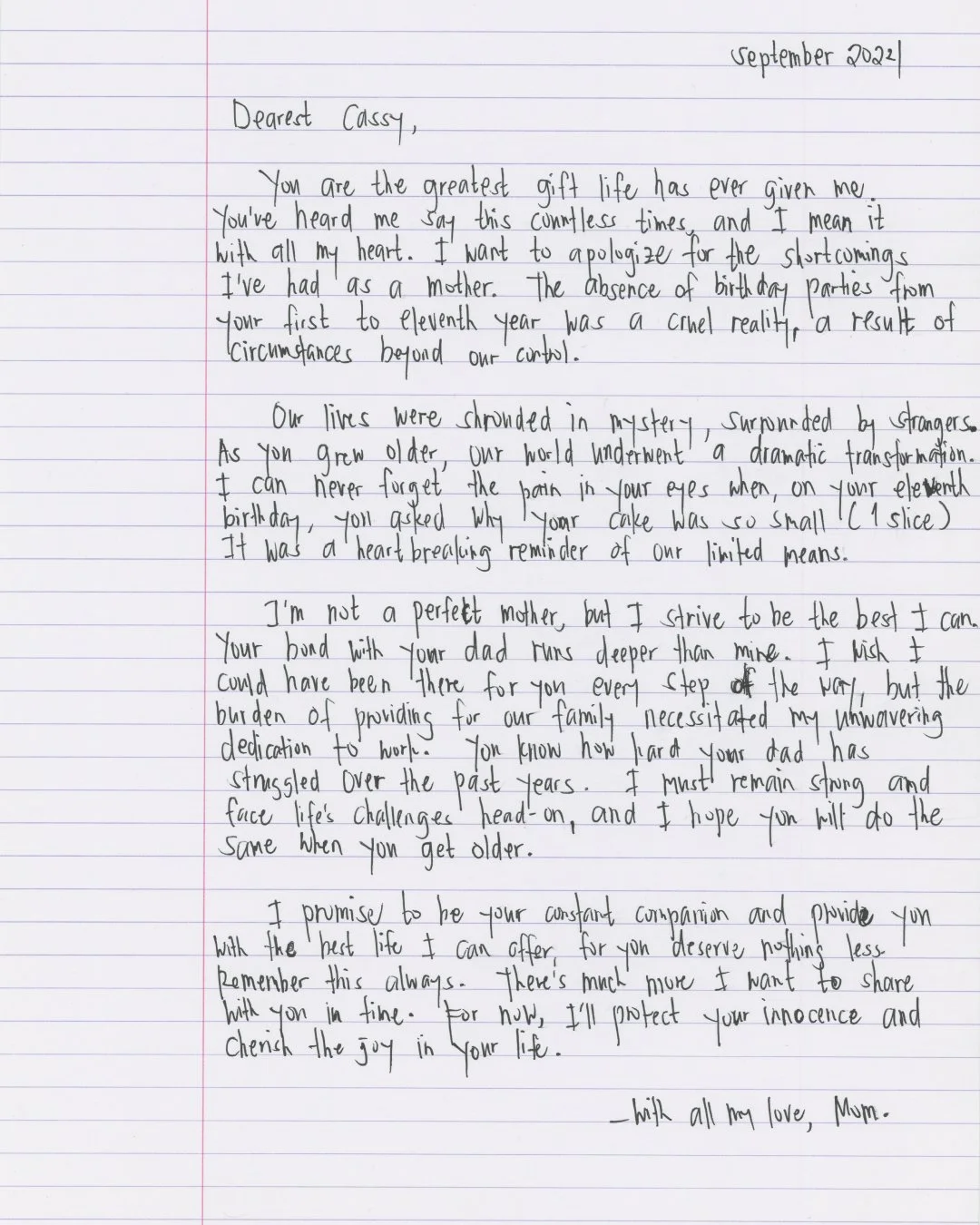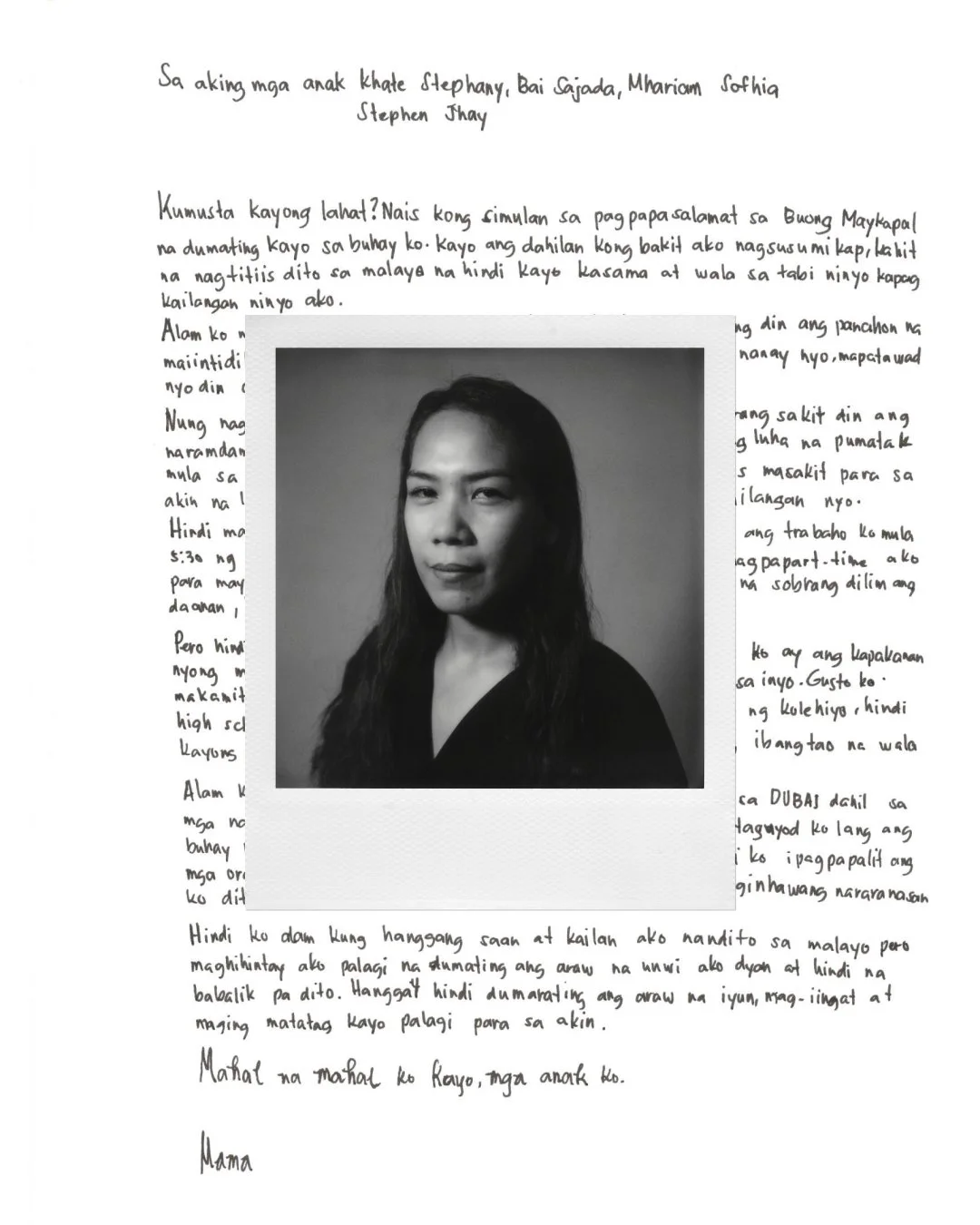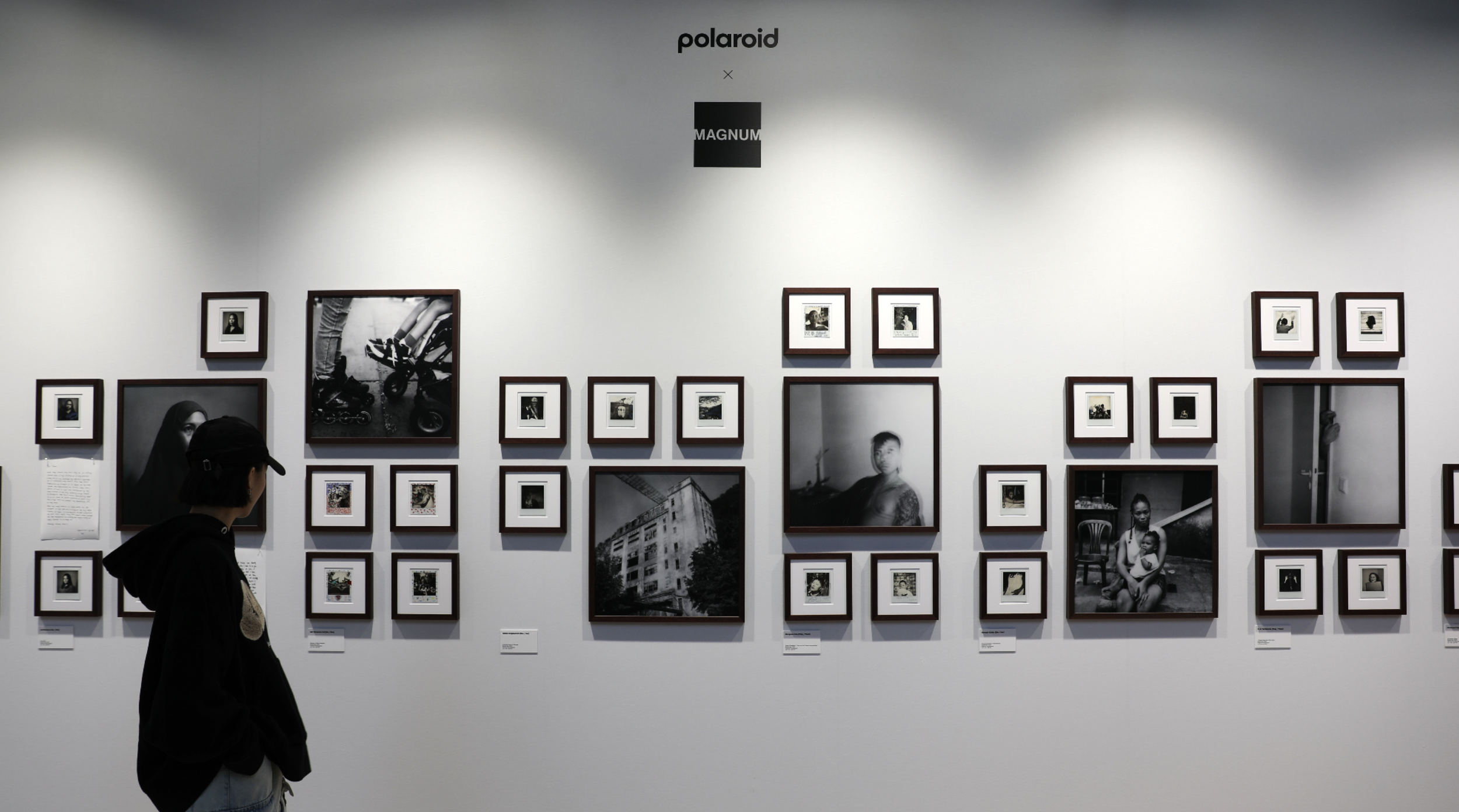real life is not black and white
MAGNUM PHOTOS
Magnum and Polaroid joined forces to discover and nurture the next wave of Imperfectionists—photographers who see the world not in black and white, but in every shade of gray.
The brief I received from the Polaroid team was clear: source and select three Magnum photographers who would mentor 10 emerging artists and stories. As well to find the visual references for the concept. Together with Magnum, we selected more than 80 stories through an Open Call. These artists crafted powerful, empathy-driven stories from diverse subcultures, professions, and movements, revealing the rich complexity of life beyond the surface. The resulting body of work, which challenges traditional notions of perfection, was showcased at Paris Photo under the exhibition title “Real Life is Not Black and White.”
Additionally, we created impactful out-of-home assets featuring the winners' imagery, bringing their unique perspectives to the streets of Paris.
POLAROID I 2024
Image Research • Art Buyer • Talent Commissioning • Portfolio review • Curation • Partnership management
Campaign stories
Jim extends Polaroid images with text to encapsulate those living in the Augusta community – a small, disenfranchised community that he sees as a “microcosm of what is going on in the rest of the states”.
Augusta is a small town situated along the White River. It was once a prosperous hub for shipping and agricultural goods, propped up by the river and the slave trade. During the era of industrialization Augusta chose to pass on the railroad, which instead was placed in the nearby town of McCrory. This decision began the economic decline of Augusta.
Augusta community
JIM GOLDBERG / Magnum Photos
modern iran
NEWSHA TAVAKOLIAN / Magnum Photos
Newsha Tavakolian is an Iranian photographer changing the perception of her home country through her ongoing photography project ‘Modern Iran’. For this partnership, she captured the reality of local life around Mount Damavand, the Middle East’s highest plateau, with the Polaroid I-2.
“Whatever it is, the way you tell your story Art is one of the most honest forms of being human. And expressing yourself. If you are an honest artist, you reveal yourself. People feel relief and comfort through your struggle. You’ve already gone through the pain for them so now they are free to understand.
”
Albania homecoming
ENRI CANAJ / Magnum Photos
Enri Canaj builds a picture of the daily life he could have lived in his home country had he not immigrated away at an early age.
“When you immerse yourself in the story that you are capturing, it shows a genuine interest and respect for your subjects. This authenticity often leads to a deeper connection and openness from the people you are photographing, which allows you to capture more genuine and impactful moments”.
‘I love you, but I have to say goodbye’
Mengwen Cao
Mengwen Cao prepares to leave New York temporarily for the next chapter of their life, they wanted to create a ritual that honors the people and places that have shaped them. Due to the Chinese diaspora, Cao has constantly navigated belonging, and this farewell carries both grief and love; a testament to the connections they’ve built. Through collaborative portraits, Cao has invited friends and family to visualize their future selves and write affirmations for our collective future. These wisdoms feel like an anchor in uncertain times. By facing the act of saying goodbye through these shared, intimate moments, Cao has created space to realize that perhaps this period isn't as scary as it seems: Grief is part of love's cycle, and this project has allowed them to embrace that.
fatherhood and new masculinities
Jakub Stanek
In a personal journey into the depths of fatherhood, Jakub Stanek strives to understand why, despite his full commitment to his son’s life, the system still perceives him as a secondary parent solely because of his gender. Stanek questions why fathers are so often marginalized and what societal mechanisms contribute to this perception.
Collaborating with his 10-year-old son, Stanek is working to restore his son’s childhood, which was brutally interrupted by dramatic events, and to create a new visual language that challenges and reconstructs the image of fatherhood in today’s world. This project immerses him in emotions—from frustration and helplessness to depression—and allows him to reflect on how these feelings shape his relationship with his son.
Stanek asks himself questions about the nature of masculinity and fatherhood, presenting himself as an imperfect yet deeply committed father who is trying to build a bond with his son in a world full of contradictions and difficult questions. Existential reflections on growing up and communication difficulties intertwine with images that attempt to capture his son’s world—a world where adult conflicts entangle children in their gears.
they sold the farm. and left.
Maria Beatriz de Vilhena is investigating her roots along the Portuguese-Spanish border in a rural and pagan backdrop. Retracing familiar footsteps, searching for traces in a common geography, and the characteristics of this ancient territory.
Vilhena was only there once, as a child, in a failed attempt to reconnect with the family. She returned now with her parents, only to see the farm sold, and no more traces besides the family nameplate on the cemetery.
This story is part of a longer narrative about family myths and tales for Vilhena. The starting point of this investigation was her great-grandfather, the last family member born in Galicia. “From his family’s farm, he saw the river, and on the other side Portugal, so he decided to leave at age 14 never to return.”
María Beatriz de Vilhena
Aleruchi Kinika’s approach to the theme of “Real life is not black and white” is centered around women – as friends, mothers and beings. “There’s more to being a woman than all these but they are my focus subject.” says Kinika.
In each frame, Kinika introduces different people, mothers, babies, friends and individuals. Her idea was to get women in their elements and their thoughts. Their clothing was intentional in some frames to blend in the background or to draw the viewer’s eyes to the brighter white, a guiding light to what lies in the shadows. A really young mother and her child and another mother the baby looks up to. A series of portraits that express gentleness and joy, worry and pain. Friends helping each other and gossiping one lazy afternoon. Reaching for the flower that signifies peace and hope. The use of movement to express unrest and/or freedom.
the complexities of motherhood
Aleruchi Kinika
Love mom
Jed Bacason
When Jed Bacason was a little boy, he always looked forward to the letters his father sent from Saudi Arabia. They were usually sent in a large envelope with individual letters for Jed, his mom, and his two siblings. Sometimes, Bacason’s father included photos that showed how his life was going as an overseas Filipino worker. His family would write back, often including a few of their own recent photos, and often a list of things they wanted him to bring home when he returned for vacation. More than anything, though, they were excited just to have him home.
Those letters were a source of joy for Bacason, but as a child he didn’t fully understand the longing his father was expressing in his words. It’s only now, as a parent himself, that Bacason truly gets how hard that distance must have been for his father.
PARIS PHOTO EXHIBITION

